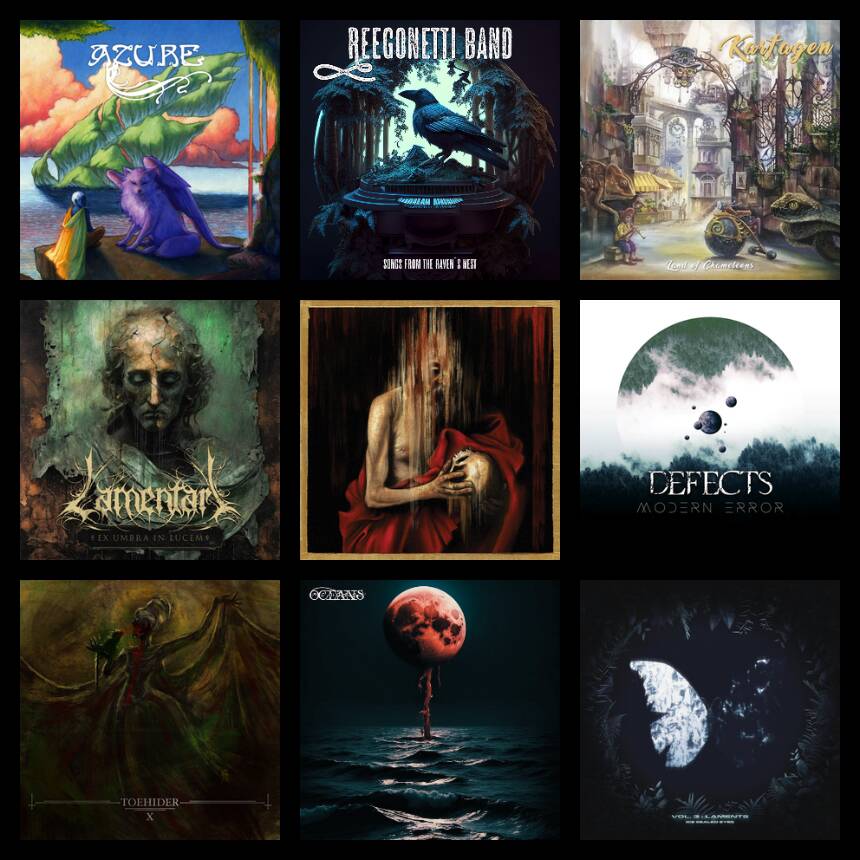
Interview with Ragnar Ólaffson from Árstíðir
Just before he went on stage in Munich with his bandmates from Árstíðir, we were happy to chat with vocalist/keyboardist/guitarist Ragnar Ólaffson about all things Árstíðir, the icelandic music scene, why he prefers metal fans to pop fans and his various other projects.
Ragnar, “Nivalis” is the fourth Árstíðir album, right?
Well, that depends on how you count. We did two collaborations, so six albums if you count the Anneke album (“Verloren Verleden” with Anneke van Giersbergen, 2016) and the Magnús album (“Garðurinn min” with Magnús Þor Sigmundsson, 2018). But for ‘pure’ Árstíðir albums this is the fourth.
Ok, just looking at those ‘pure’ Árstíðir albums, did your approach to composing and recording music change in the ten years since the self-titled debut album was released?
Always. I think the thing about Árstíðir is that we always change our approach to composing. So the first album (self-titled, 2009), when we started playing together, it was just me, Daniel Auðunsson and Gunnar Már Jakobsson. We just sat on Daniel’s couch, drank red wine, listen to vinyls and play around with harmonies. Because you know the thing that brought us together was the fact that we all had ok voices and they blended pretty well and we were the only guys in Reykjavik in 2006 to 2008 who liked to sing in harmonies, nobody else was doing that. So that brought us together. So the first album was just composed sitting in the gardens in the summer or on a couch with guitars (I also played the guitar during that time) and jamming the songs. Someone had an idea for a song, and then we sort of arranged the songs on three guitars and then right before we recorded the album we added a piano and a cello. But it was just composed like that.
The second album (“Svefns og vöku skil”, 2011) was with a bigger band, we had three members join the band, so we grew from three to six. So it was bigger arrangements, a more classical approach, because the new members were classically trained, and that was where our big string arrangements started developing. That has been a staple of Árstíðir ever since. We mixed our vocal harmonies with the string harmonies, trying to weave them together.
…there is this rule in the band, if you write a song you bring it to the band and the minute you introduce it to the band it belongs to everybody
For the third album “Hvel” (2014), we were back to four band members, we were trying to do something different, we were introducing drums for the first time and also playing around with synthesizers for the first time. And now for “Nivalis”, we are down to three again, the same three guys who were sitting on Daniel’s couch in 2006, we are now the same core. So when we made “Nivalis”, we once again wanted to reinvent our sound, because we never make the same album twice. If I look at all the six albums, they all sound differently, still Árstíðir, because it is our voices, that is the key thing, but first it was by chance we started doing different albums, but now it has become almost our identity to always be searching.
The fans that have the patience to follow us, they can appreciate this. Whenever there’s a new Árstíðir album, there is something new happening. When we made “Nivalis”, we rented a studio for six months in Reykjavik called Orgelsmiðjan, that means organ factory. It closed down a few months ago but it had Reykjavik’s biggest selection of vintage synthesizers, so the walls were covered with Synthesizers. Of course we still write the songs on piano and guitar, like the basic melody and the chords. But when we go and record the songs and arrange them, then all bets are off.
And there is this rule in the band, if you write a song you bring it to the band and the minute you introduce it to the band it belongs to everybody. And anybody can, you know, tear it apart, put it back together, reassemble it and just do whatever. So there is a lot of experimentation in the studio. Like for “Nivalis”, every day we went to the studio, we would take a new synthesizer off the wall, we had no idea how the filters worked, and just do something, just experiment experiment experiment. Some things ended up on the album, like a couple of crazy synth sounds.
On ‘Lover’ for example, that slick bass synth.
Yeah, that’s like a 73 Moog, the classic one. And a lot of Juno pads from the 80s as well. On every song there is a different synth.
That actually brings me to my second question. Was it a conscious decision to include more and more drums/synths/english lyrics over the years? Because they somehow gradually became more, all three aspects or ingredients.
Yeah true. Well, once we started the drums on “Hvel”, we had them on two songs (‘Friðþaegingin’ and ‘Unfold’), and we also played with a drummer a couple of times in Reykjavik. It is just more fun. It is a natural way to grow your sound, make it bigger. And now we write songs with rhythms in mind. Before we never did that, the drums came afterwards. So for “Nivalis” we had drums and beats in mind. And when we made “Nivalis”, we had a befriended drummer, Magnús Magnússon come to the studio, experimented, did some crazy stuff. And for ‘Lover’, he was actually playing over another song, doing this crazy rimshot, but I took that and like cut it up and put it over ‘Lover’. And then I played the loop with his drumming I had cut into Pro Tools and played it to him and the guys and it was like “fuck yeah”.
So he composed the drum parts of ‘Lover’ but he didn’t even know he was doing it. So yeah, a lot of experimentation. You just try something, if it flies it’s cool, if it doesn’t you try something else. It’s a process that takes a long time, but you have a lot of fun doing it because the end result can be something that you could never think of. You just have to, you know, stumble upon it. It’s like fumbling in the dark a little bit.
Speaking of ‘Lover’, how did you come up with doing a video like one year after the release?
Actually we shot it last summer. We were supposed to go on a release tour last September. We just switched the booking agency and because of that we had to delay the release tour so now we are doing the release tour. So we actually recorded Lover last summer, but we released it now in connection with the tour.
So he (Magnús Þor Sigmundsson) was always a guiding light for Árstíðir, especially in the beginning, and still to this day with the vocal harmonies.
You actually released two quite different albums last year, “Nivalis” and “Garðurinn min”. Can you tell us a little bit about the latter?
“Garðurinn min” sounds more like our first album did, because it was recorded live, we were playing in the studio at the same time, no click track, no arrangements, no thinking involved. In a big studio, actually Sigur Rós’s old studio called Sundlaugin, we went there for two days in lock out. Recorded 13 songs in 48 hours and this Magnus guy, well he was actually when we started Árstíðir, when the three of us started playing together in 2006, we would listen to vinyl albums with this Magnus character. Because he was a big hippie sensation in Iceland in the 70s. Magnus is kinda like Iceland’s Neil Young, he used to have this really high voice when he was younger and he was a master of harmonies. And he had a project called Magnus & Johan, that was like the Simon & Garfunkel of Iceland. Real pioneers of vocal harmonies.
So he was always a guiding light for Árstíðir, especially in the beginning, and still to this day with the vocal harmonies. And then he called us up two years ago and asked if we wanted to make a song with him. And we said “fuck yeah!”. Of course at this point, the band was already making “Nivalis” and thinking about beats and synthesizers, but when your old hero calls you up and says “Do you wanna make a song together?” you say “hell yeah!”. And then that one song turned into a whole album.
You already mentioned the collaboration with Anneke van Giersbergen. So these two albums, how would you fit them into the Árstíðir discography? Are they like experimentations, projects, collaborations…?
…sidesteps! I mean you have bands who stick to their guns. Iron Maiden is probably the best example for a band that invents a formula, perfects that formula and sticks to that formula. And fans expect them to stick to that formula, that’s exactly what they want. Other bands like Radiohead they always make a different album. And on that spectrum, Árstíðir is on the Radiohead end of the spectrum. We make different albums. Our fans sort of have to be open minded and be on their toes a little bit and they have to have the patience to be open in their heart to whatever comes next. Because we don’t know what’s gonna come next, you never know. Could be a collaboration…
We have two more albums that we have to make for Season of Mist, we have a three album record deal. So of course we started to think about the third album, but when we will start recording it, we never know what’s gonna come out of it. It is gonna be another process of experimentation. Individually, the members are always also evolving, doing different projects. Daniel now has a passion for modular synthesizers, he loves being in Germany by the way. He is gonna go to Schneidersladen, the nerdiest modular synth store in Berlin, that is going to be a highlight of the tour for him because he is going to buy some modules and go back to Iceland and turn some knobs and make some crazy sounds. So individually we all have like different musical developments parallel to Árstíðir. And that’s, when me make and album together, the three of us, the colors of our personalities, and where we are at musically at any given point in history, that will influence the record.
Could you tell us a bit, to those of us who are not capable of understanding your beautiful Icelandic mother tongue, about the topics you write about when writing in Icelandic?
Our name Árstíðir means ‘seasons’. So especially on the first album, we used a lot of metaphors with changing weather and the light. Because in Iceland we have radically different seasons, so in the summer we have the midnight sun, so it is bright in the middle of the night, the sun is up. So the whole summer is just like one long day that never ends. That affects your mood. In the winter, it’s dark, gloomy, very short days. So Icelanders are very affected by the seasons.
Our name Árstíðir means ‘seasons’. We use nature metaphors as a way to give words to the feelings that we have when we write songs. When you write a song, you have a feeling inside, but feelings don’t have words, you have to find the words for them. So you need metaphors. And metaphors of the weather, of the nature, are a perfect way to give words to feelings you have. They can be melancholic, you know, there’s a lot of melancholy. Also we use a lot of birds and feathers in our artwork. And that’s because in Iceland, birds are indicators of the seasons. Most of the birds migrate. So when they leave, we know that winter is coming. When they come back, we know the summer is coming. But the birds who stay, they change the colors of their feathers. So the same bird can have like one color in the summer, and then in the winter it will be white. Snow white. So that is why birds and feathers are recurring things in our artwork.
That’s at least the base metaphor for all our albums. The title of the new album “Nivalis” is a Latin word that means ‘snow’ or ‘like snow’. And it is one of those Latin words that are used in biology to name plants and animals that live in the far north. So plants and animals that thrive in cold climates, snowy climates, northern climates, they are often called ‘Something Nivalis’. So once again, our weather circumstances is a reoccurring base theme for all our lyrics and all our songs.
You already mentioned your different personal projects and journeys parallel to Árstíðir. Last year you toured as support act for your country mates in Sólstafir, and you also play live keyboards for them.
2017 we did a five week tour, almost six weeks opening for Sólstafir. And then last december, 2018, we did 10 dates with them again. And the drummer of Sólstafir joined us on stage and of course I play keyboards for them whenever I can, when I’m not touring with Árstíðir. So actually next month I’m going on a three weeks tour with Sólstafir. We’re all super good friends, like most people in the Icelandic music scene. And also this is typical of how genres blend naturally in Iceland. In Iceland people, musicians are usually operating many different genres at the same time.
A metal crowd really listens. So we are just super happy that we have a metal crowd listening to Árstíðir.
That was actually my question: how did the metal crowd treat your delicate way of making music?
Well, I am a metalhead. People in Reykjavik know me as Raggislave, because my first band was called Ask the Slave. It was like crazy Faith No More-esque, Mike Patton-esque punk metal. That’s why people call me Raggislave, because that’s how they knew me at first. I was actually a metalhead before I joined Árstíðir, or before I formed Árstíðir with Daniel and Gunnar.
Gunnar has a different background, more in the singer-songwriter scene, Daniel was messing around with Bluegrass and stuff like that. So maybe because I was a metalhead, all my metal friends liked Árstíðir. But I think there is also something in Árstíðir’s sound, even though it’s not metal, it’s still dramatic. So it’s like the same feeling as metal but not with metal instruments if you would. So for some reason we keep being approached by metal bands. Like Anneke (van Giersbergen) wanted to make an album with us. Ok, we made a classical album, but still, it’s metal Anneke. And every day she would tell me about her latest Skype with Devin Townsend and when we were touring together she would go backstage and record something for Ziltoid.
And when we first met Anneke, touring with Pain of Salvation, a progressive metal band, they were doing an acoustic tour and they wanted to have Árstíðir with them as a perfect fit for them. And then we were picked up by a metal manager, Aaron Lynch from Flying Fox Management, and we’ve been signed by a metal label, Season of Mist. So for some reason, metal heads, they keep coming to us. It’s not us that are reaching out to metal people, but rather metal people finding Árstíðir. And I think it’s a great thing because metal audiences are a very good audience, they listen, they take music seriously, they are devoted listeners.
So, if you have like one metal fan, that’s more valuable than having ten pop fans. Because pop people, they listen to playlists. Metal people listen to albums. And we are an album kind of band. When we make an album, to some degree, it’s always a concept album. There is always a sense of unity in the songs, they belong together. We want people to listen to the whole Árstíðir album. There is a story. Sometimes the story is more direct, sometimes it’s more indirect. But it’s like a piece of history that belongs together in the same format. So we love the album format. Metalheads love the album format. And actually Michael Berberian from Season of Mist, the label manager, he was showing us some statistics, that metal is actually one of the biggest genres on Spotify today. Simply because of the way metal crowds listen. And I think that’s the key word: a metal crowd really listens. So we are just super happy that we have a metal crowd listening to Árstíðir.
But coming back to the concerts we did with Sólstafir, the metal crowd loved us. We always thinking, how will they react to the really soft songs and usually the reaction is really positive. The Sólstafir tour opened a few doors for us, we went to some territories we had not played before. Like Romania is a good example, we opened up for Sólstafir in the Club Quantic in Bucharest and the audience loved us and when we now played our first headline show in Romania in the very same club, a lot of people came back, because they had heard us with Sólstafir.
You already started to answer the next question earlier. Do you have any idea why the Icelandic music scene seems to be thriving so much both in quantity and in quality, especially in relation to your population?
I think the key is the size.The size is one thing. If you want to be a musician in Iceland, and only play music, if you want to play one genre, then you have a very small audience to cater to. So most Icelandic musicians are forced to play many different genres. You will have a drummer who studies jazz and plays a couple of jazz gigs a week with his jazz trio. Sometimes he would do dinner music or something like that. But then he also has a metal band, where he plays double kick metal. And then he also does like beats for the rappers.
Especially in the last 15-20 years, the scenes have been blending. And for some reason, there is no rivalry between all the scenes. Rappers like classical people, classical people like jazz people, jazz people like metal people, and everybody is like in the same boat. Whereas when I lived in Gothenburg, when I was a teenager and went to high school, I was in a rock’n’roll band, but I never saw the jazz people. We didn’t blend. I never saw the hardcore people. So they were pretty isolated scenes and they really didn’t have communication. In Iceland you can play any style, you can play all the styles, and there would be no pride, no prejudices.
I think the reason why the Icelandic music scene is so exciting and the quality is so high, is that when you have all these different people playing all these different styles, it means they master so many different expressions.
Like sometimes classical people can be like ‘we are better than you are’. Or the jazz people ‘we are better because we can play all these scales’. And the metal guys would go ‘we are better because we can play fast, faster than you’. The rappers would be like ‘yo, y’all suck ‘coz you know we’re cooler than you are’. No, in Iceland we have this constant collaboration. I am a good example of this. I have produced for Eurovision, I have sung backing vocals for Eurovision, it’s not where I see myself, you know, but it’s a fun thing to do. I have played jazz piano in bars for money. I have played covers, I have made every type of metal possible from like doom/sludge metal to glam metal. I used my voice for growling, screaming, high pitched metal singing, because I can, and because in Reykjavik I am allowed. There is no one judging me. And then I do Árstíðir. And I have a solo project which is like very tender singer songwriter. So for it just means I can express all my feelings and I can choose the format and I can pick players who can play any style.
Getting back to the question here, I think the reason why the Icelandic music scene is so exciting and the quality is so high, is that when you have all these different people playing all these different styles, it means they master so many different expressions. So when they sit down and make their own music, they have more colors on their palette. Is that a good metaphor? So, if metal is one color, jazz is another one and classical is the third one etc… then you can mix something and create a new color. I think that’s the key aspect what makes Icelandic music exciting and for me I am just so happy to be operating in Reykjavik, for this reason.
You also express yourself with different, more progressive colors with In Siren for example…
Yeah, In Siren is most progressive. Then there’s Lightspeed Legend, which is more glam-y, but still kinda proggy…
“In Between Dreams”, the 2012 album of your prog rock band In Siren was finally made available on Spotify just recently at the beginning of the year. Any news or new music coming from that camp soon?
Yeah, In Siren actually just reformed after a few years of silence. So the thing is, me and Kjartan Baldursson, the guitar player, we were sort of the core. I mean it’s a five piece band, but were the ones who called everyone up and said, you know, let’s rehearse, let’s make this album. But then Kjartan moved to London to study music, and he stayed in England for almost eight years. So he was in a different country, that’s why the band went on hiatus. Now he is back in Reykjavik and when we were together then things started happening again. So Kjartan is now on fire, he has been doing different music in England and now he is really thirsty to do progressive stuff again. So the band is back together. Before I went on tour with Árstíðir, last thing I did was an In Siren rehearsal with the guys. As of this interview, as of now, they are actually recording the drums for the first single that we’re gonna release this spring. So when I get back from the Sólstafir tour in April, I am gonna go into the studio to record the vocals for the new In Siren material. And of course there is going to be an album later this year or next year.
That sounds like great news. Thank you Ragnar for these great insights and good luck with all your different projects.
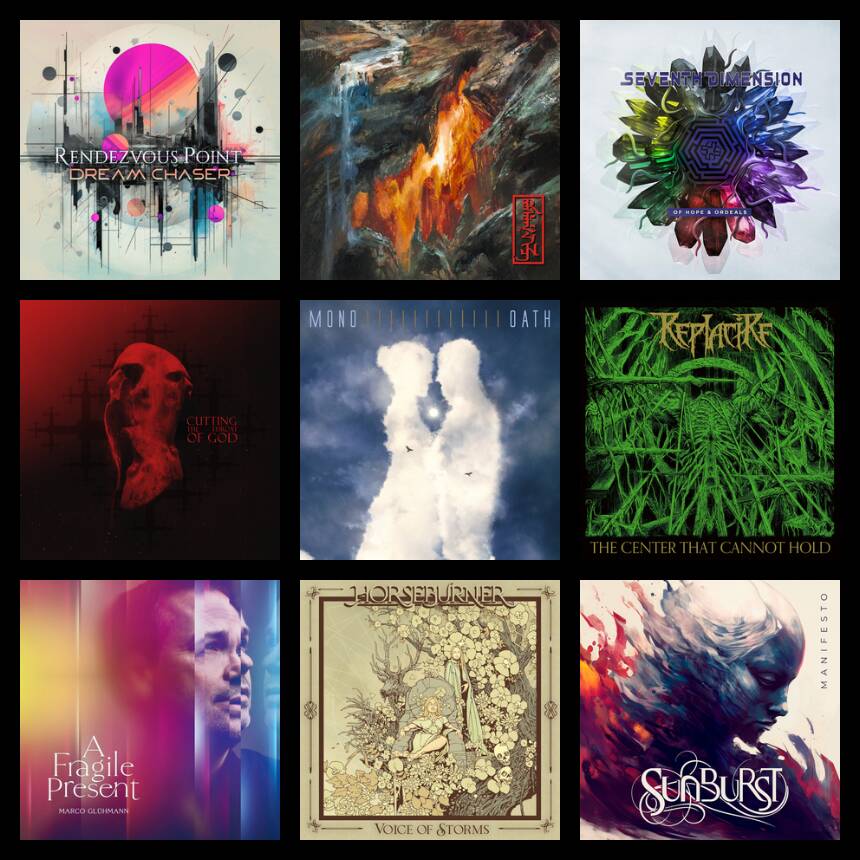
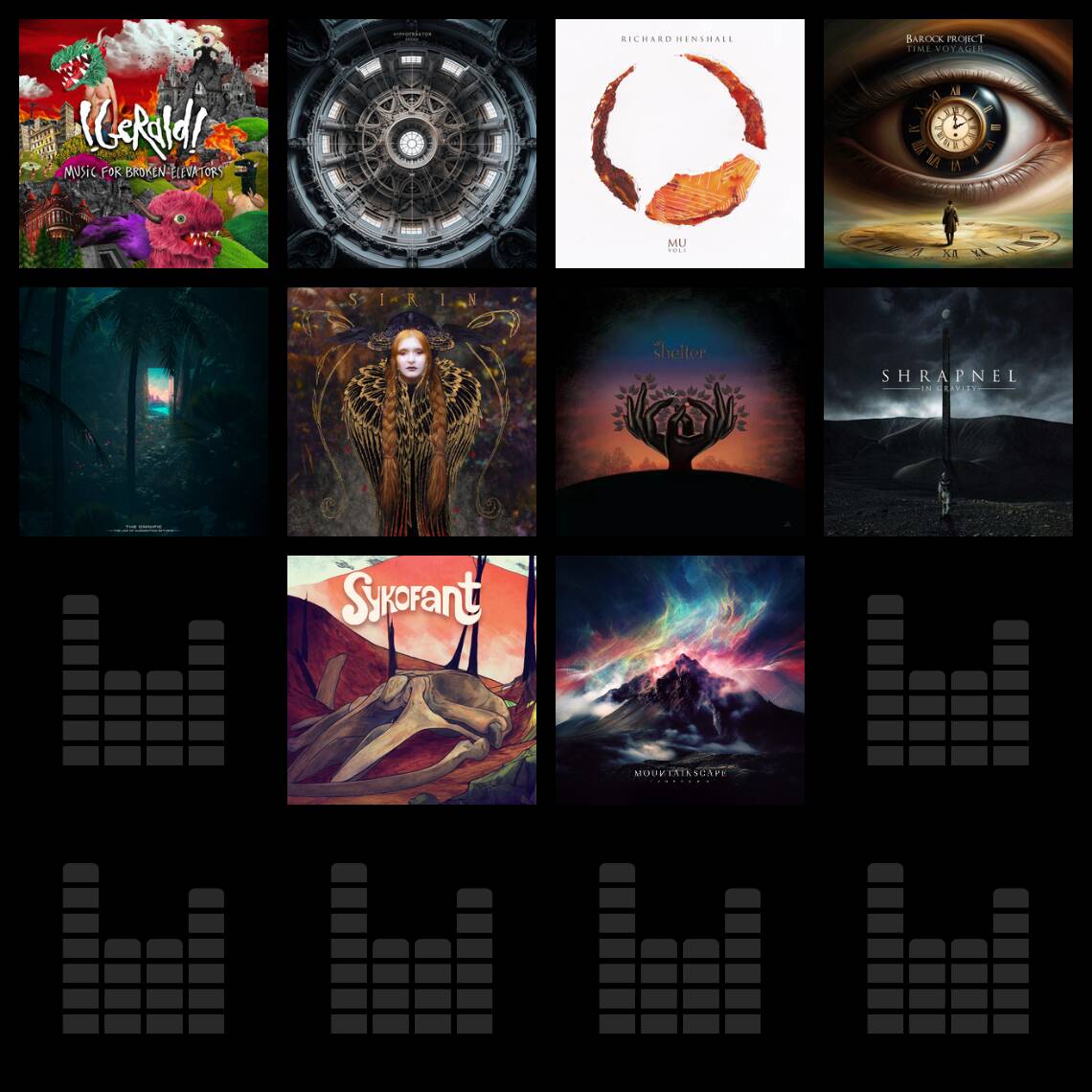
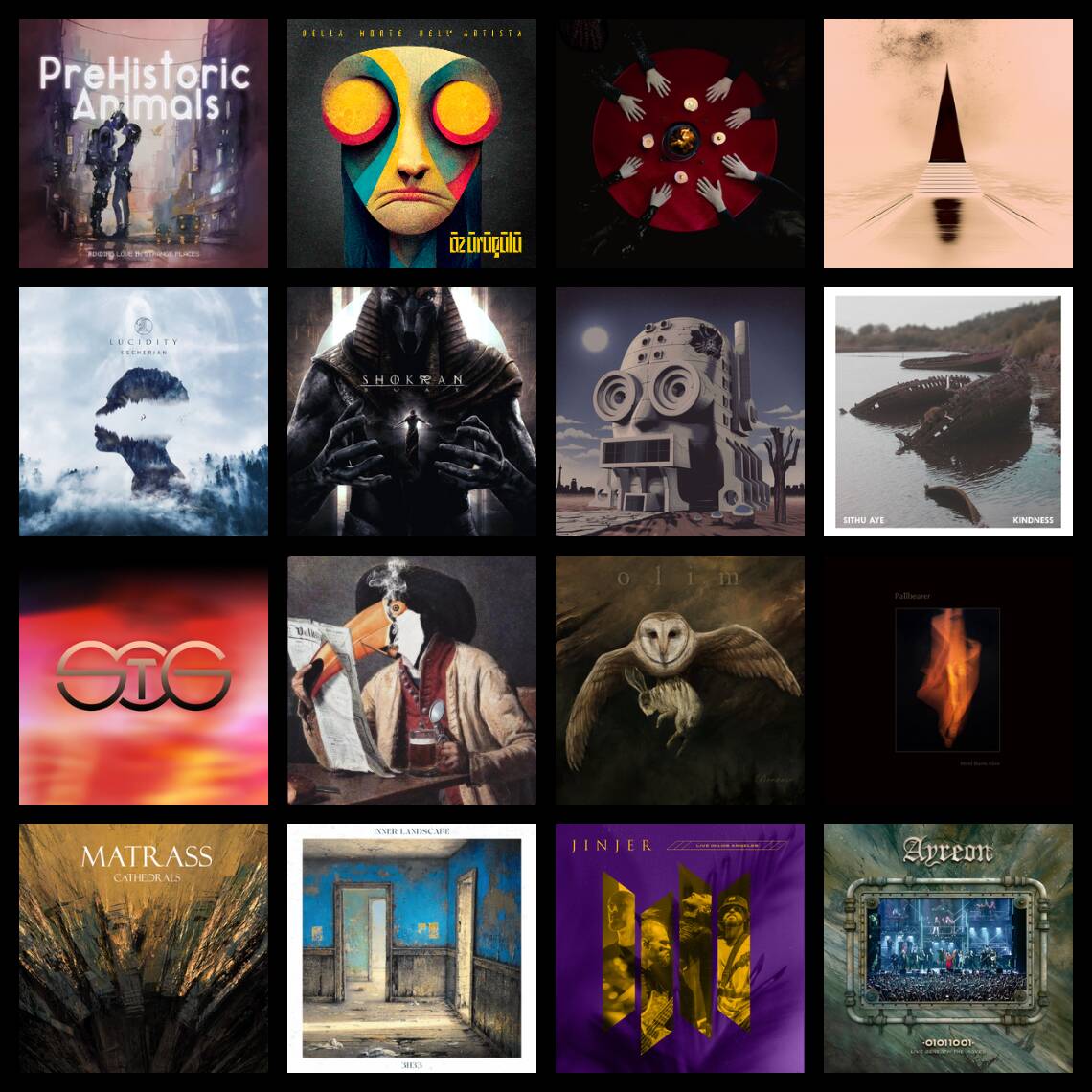

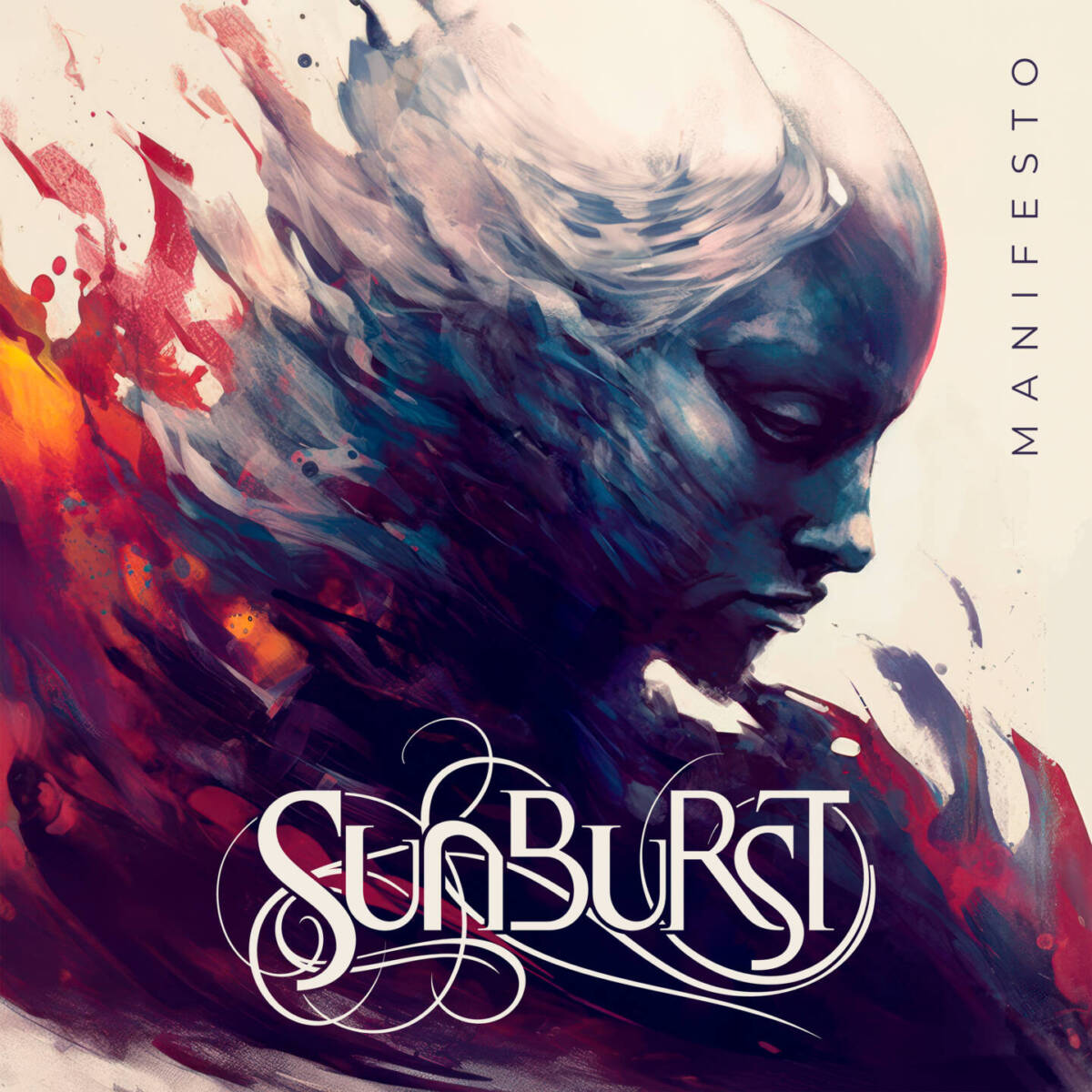
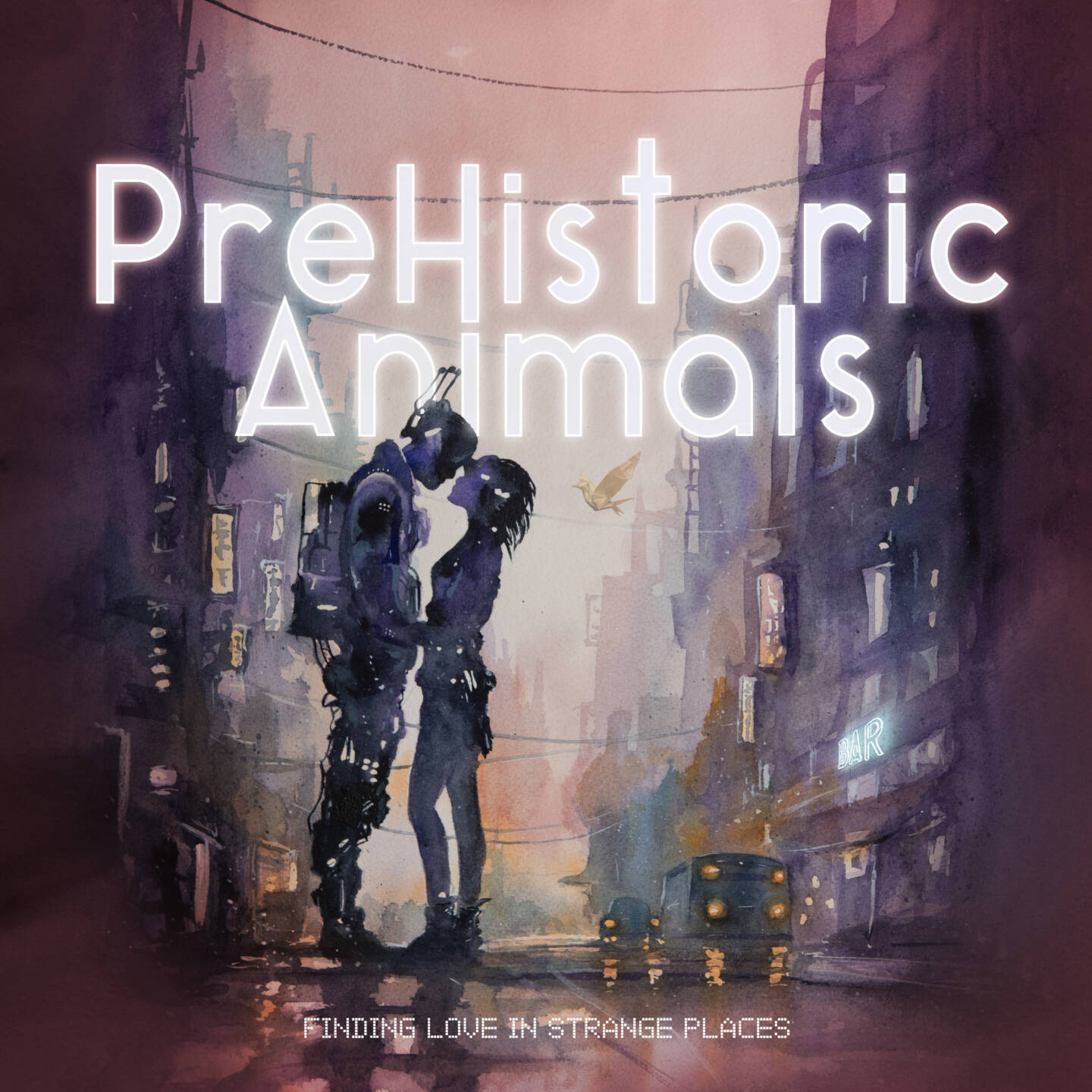

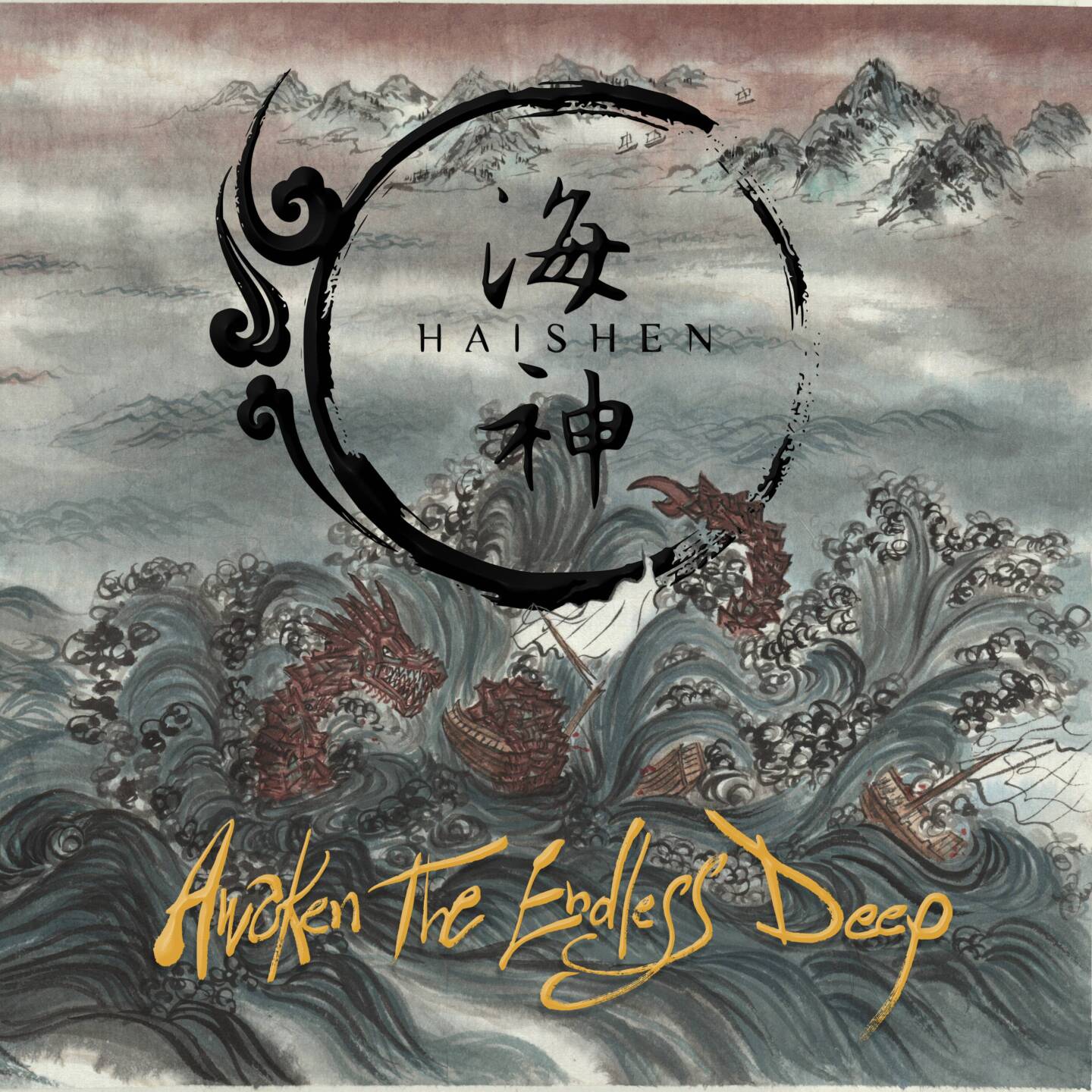
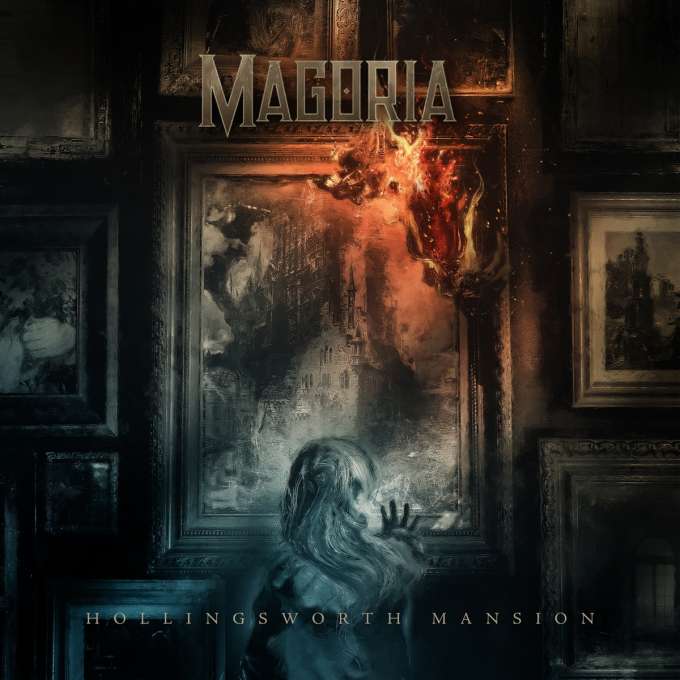
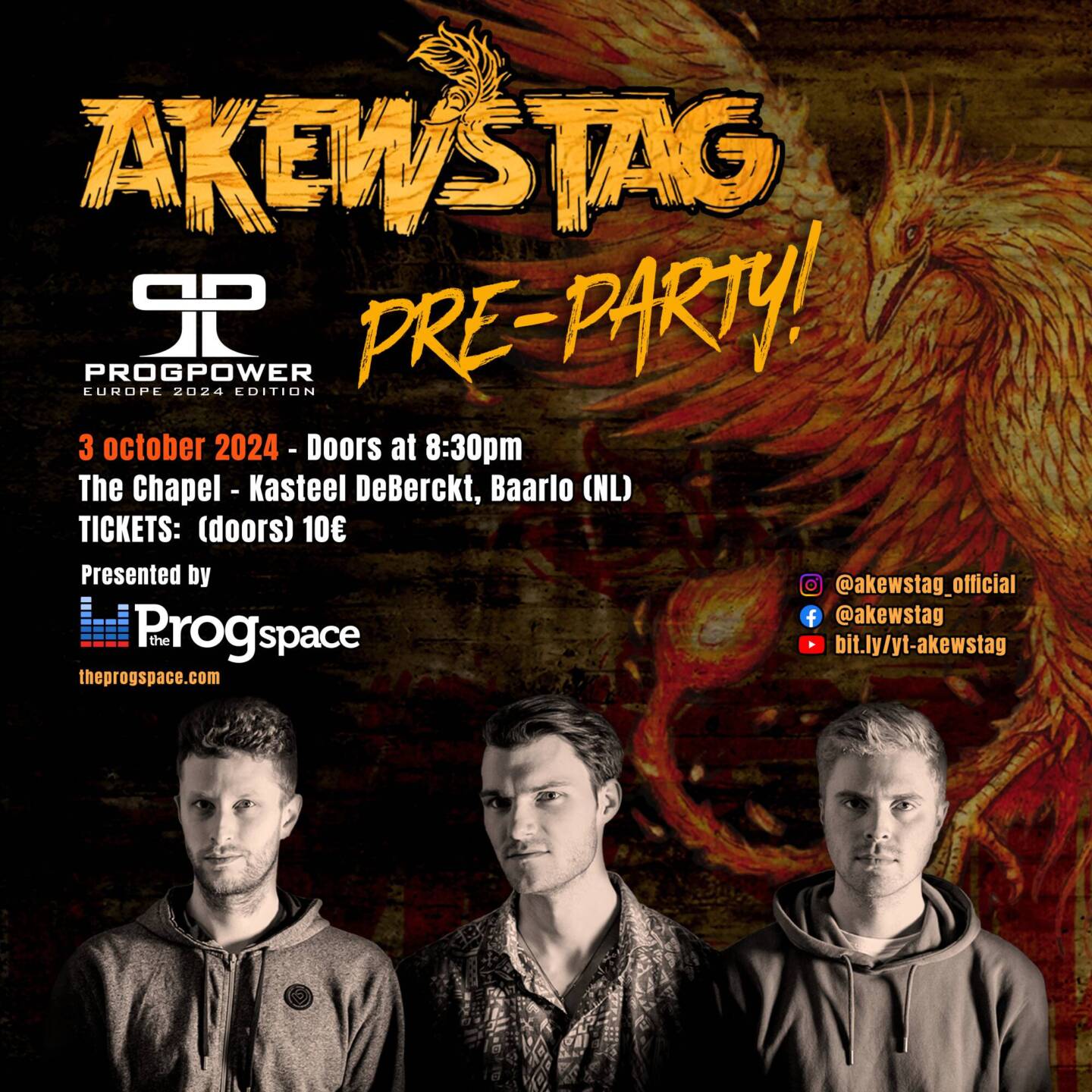
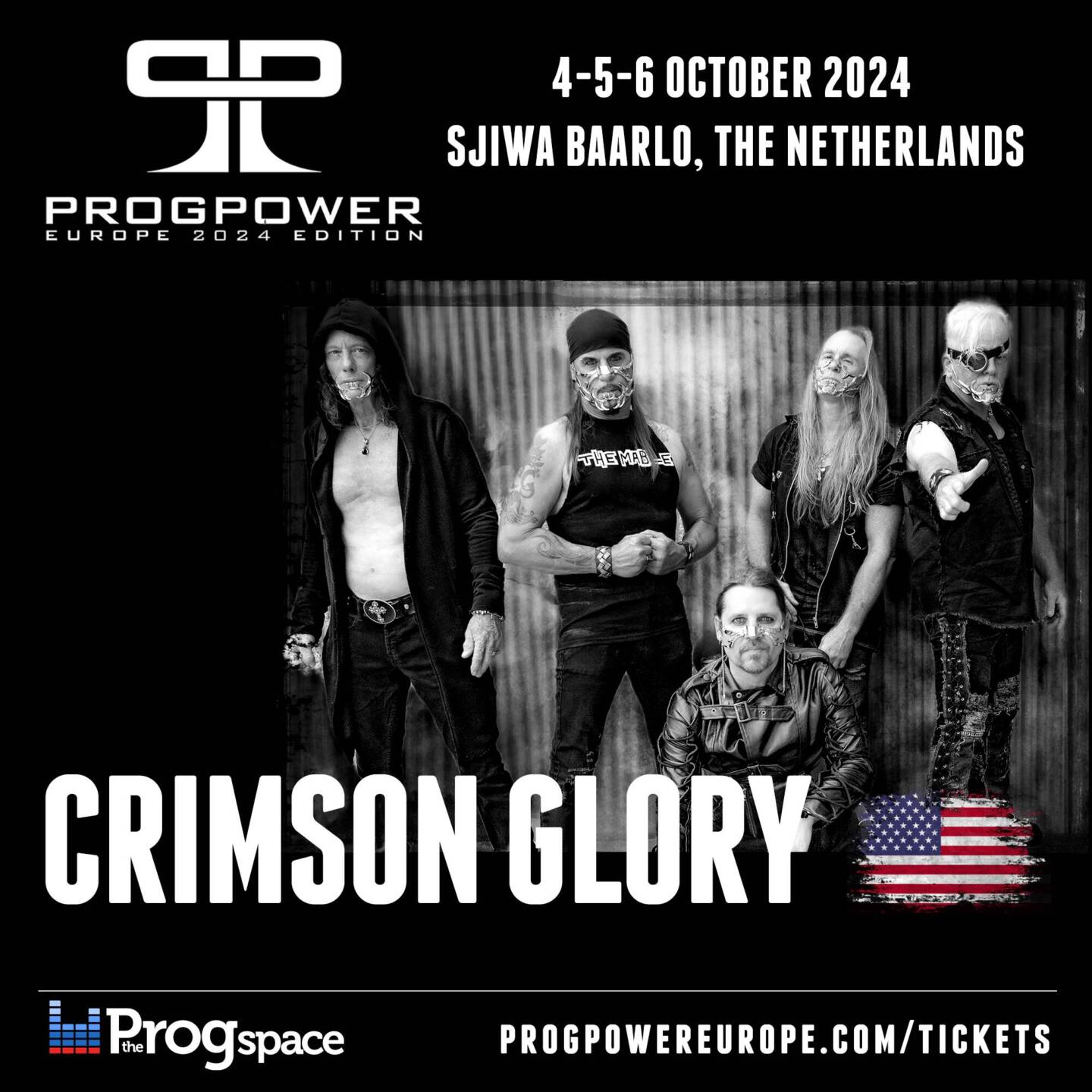
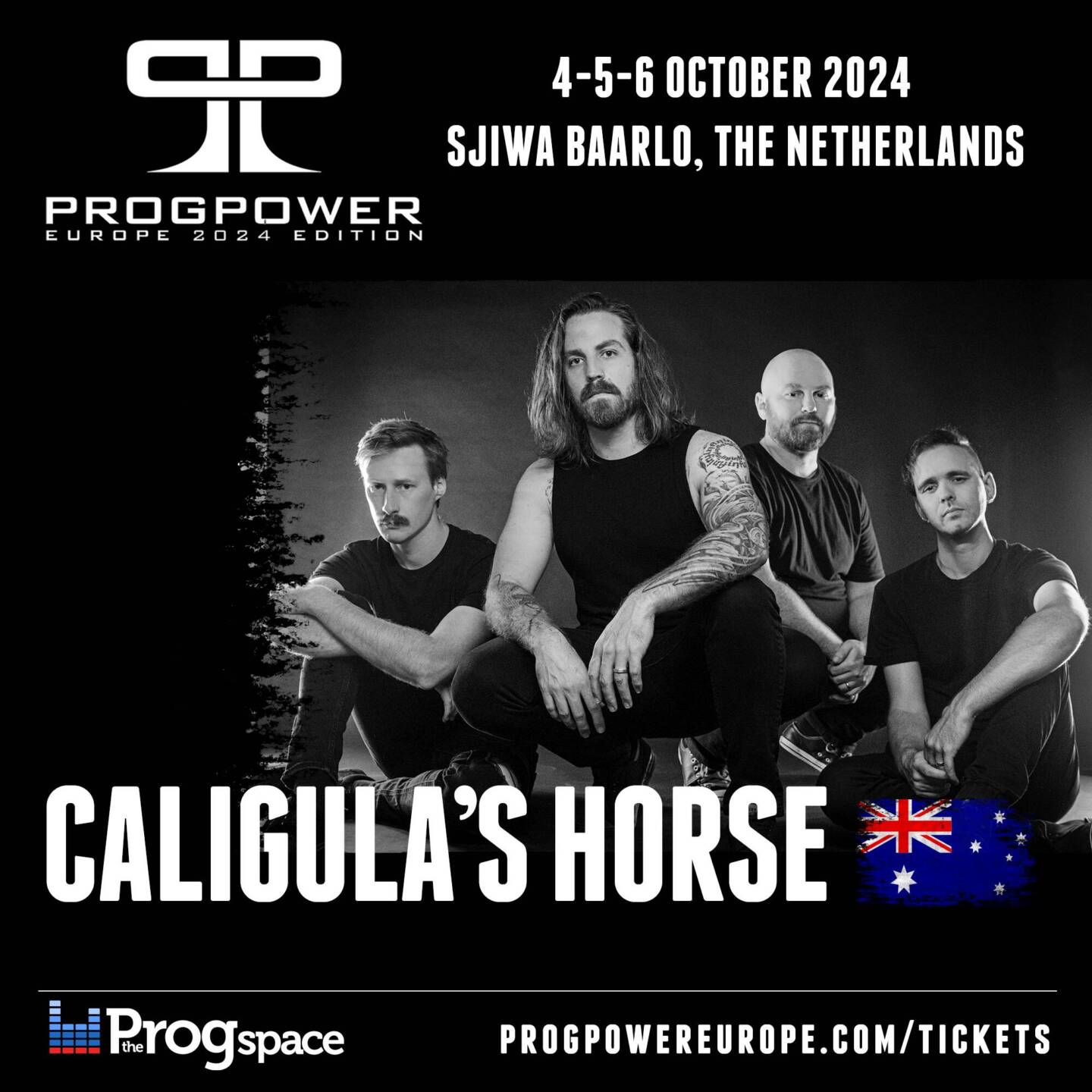
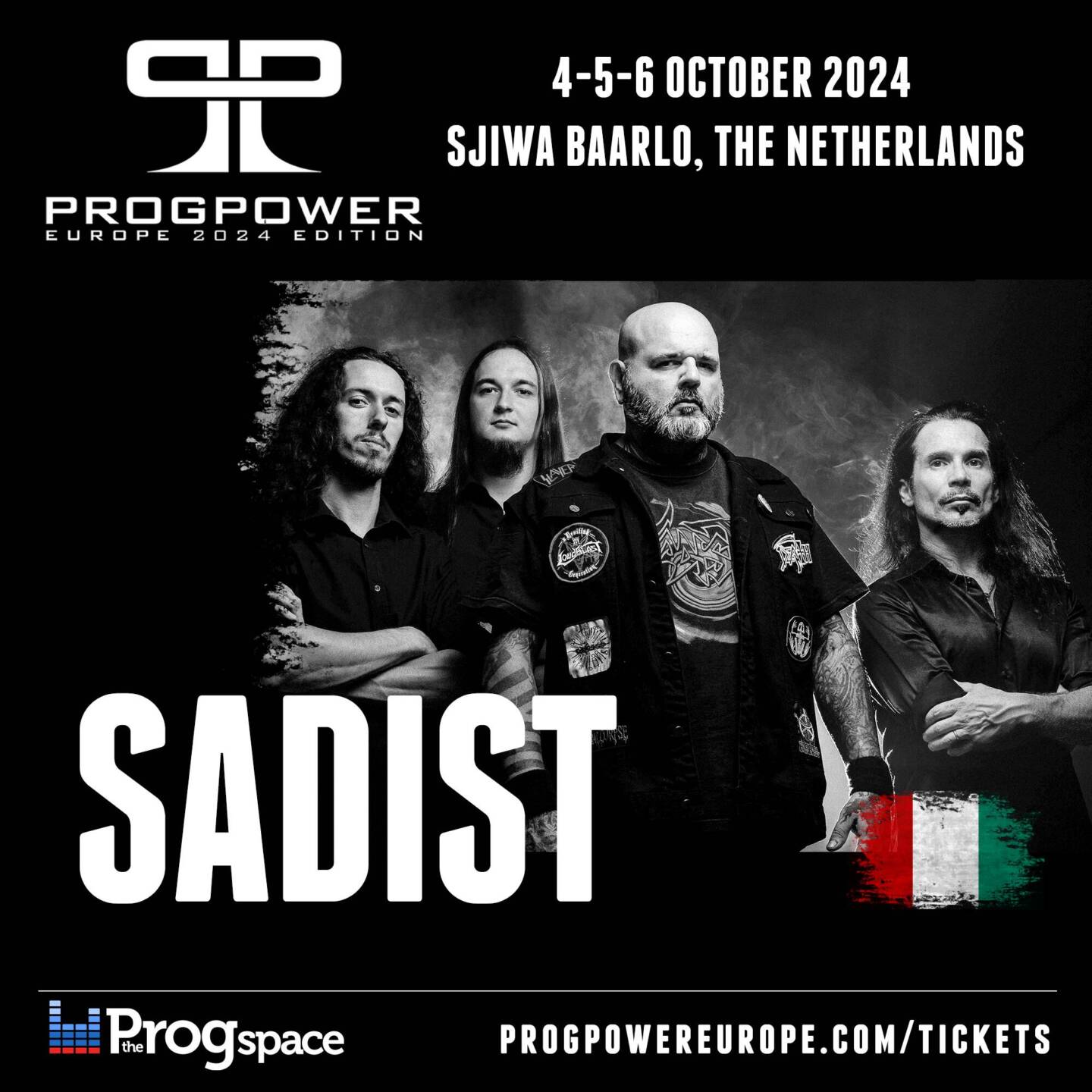
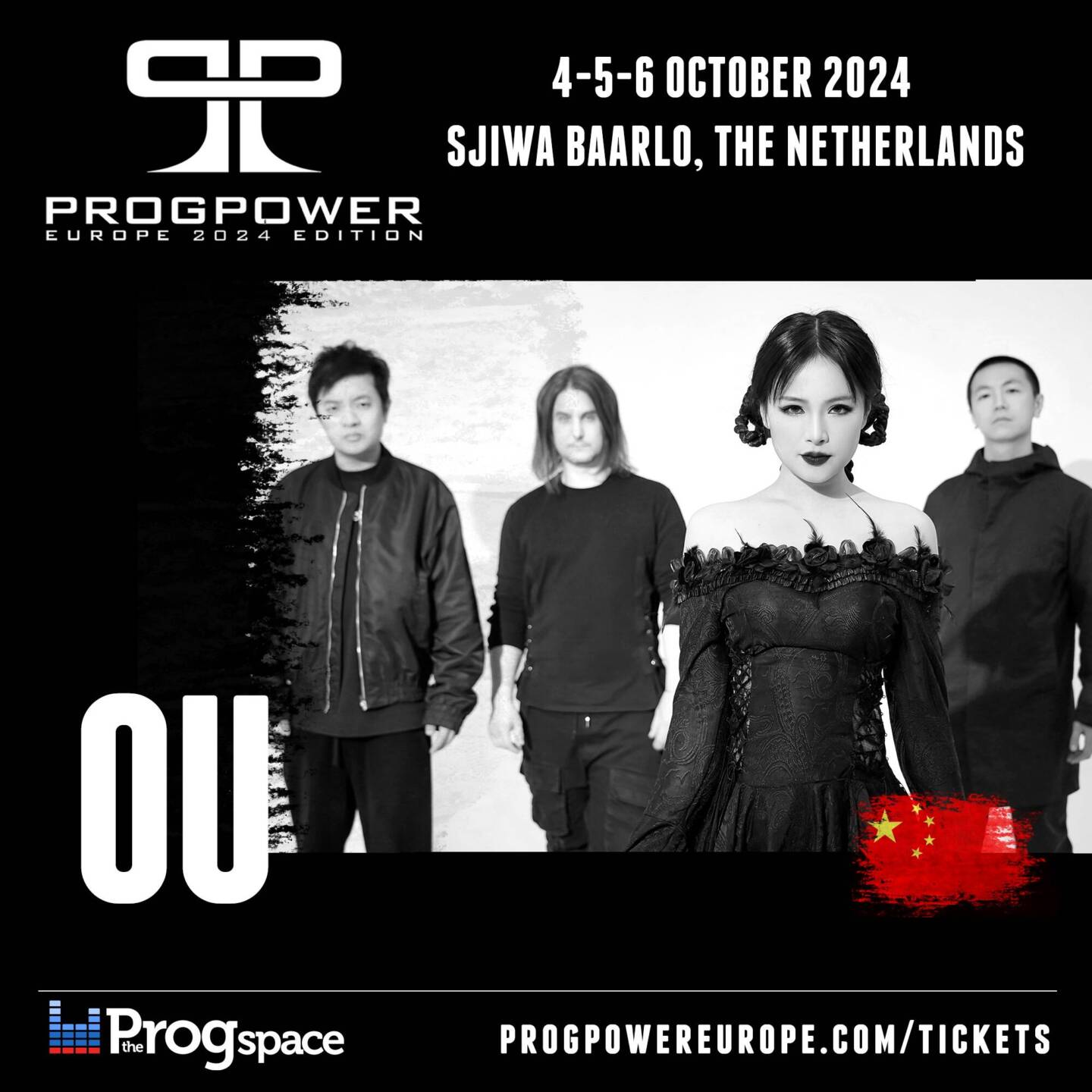
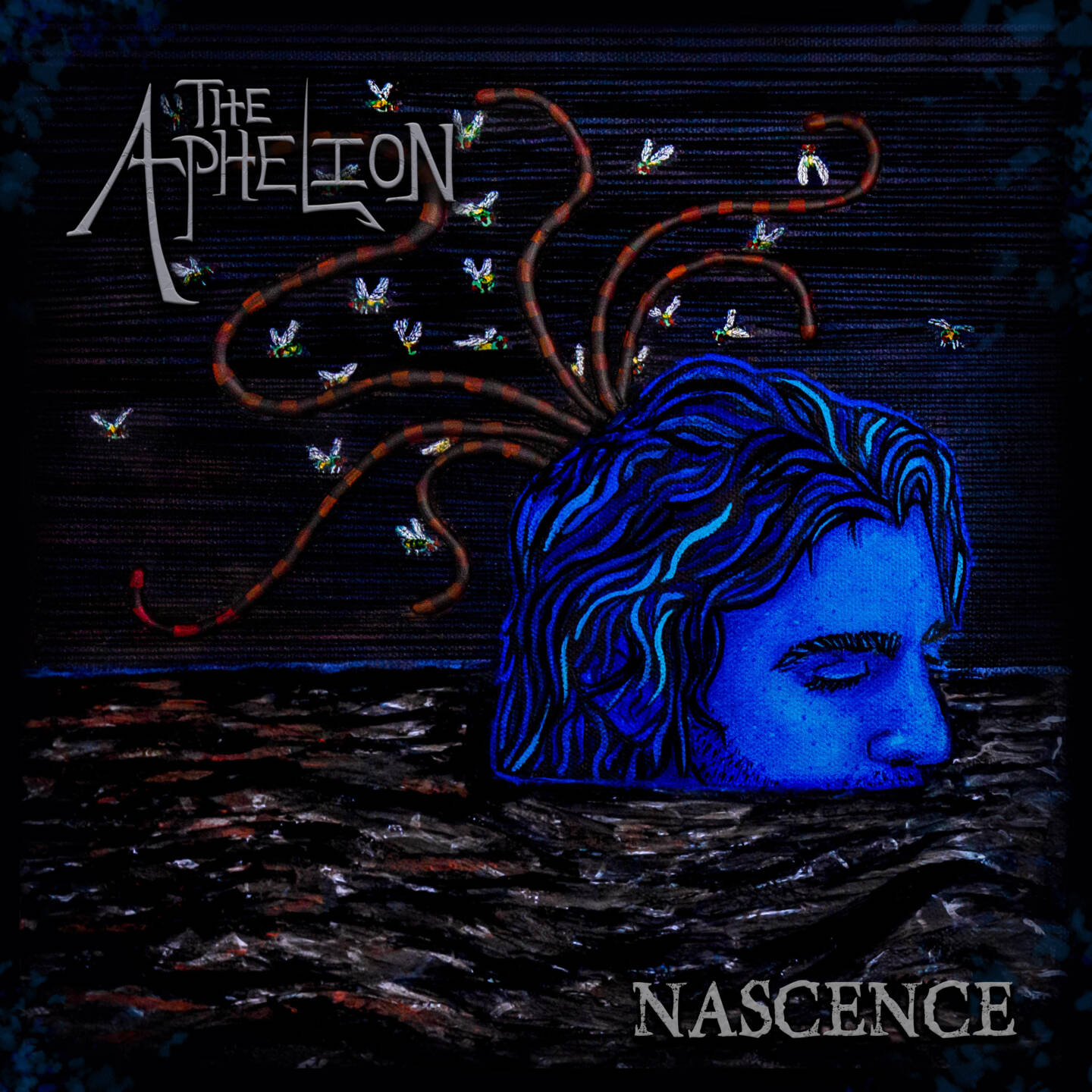
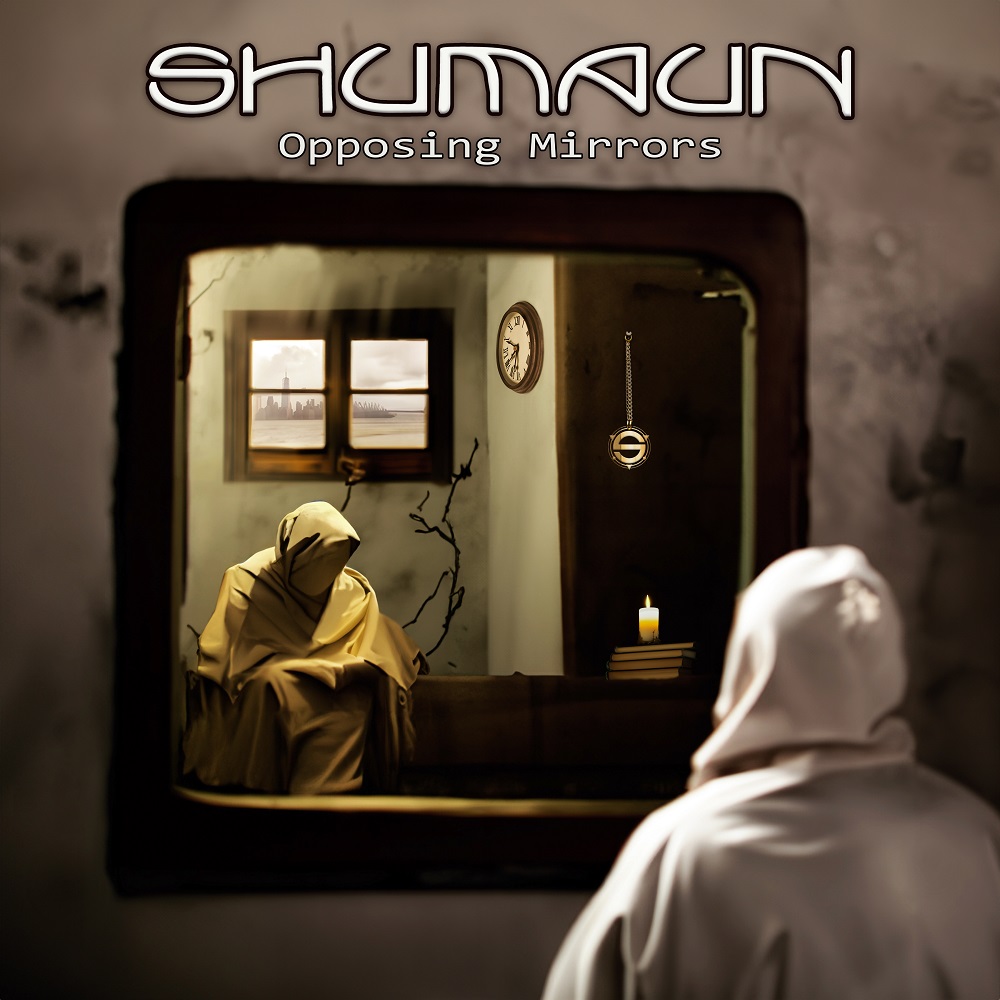
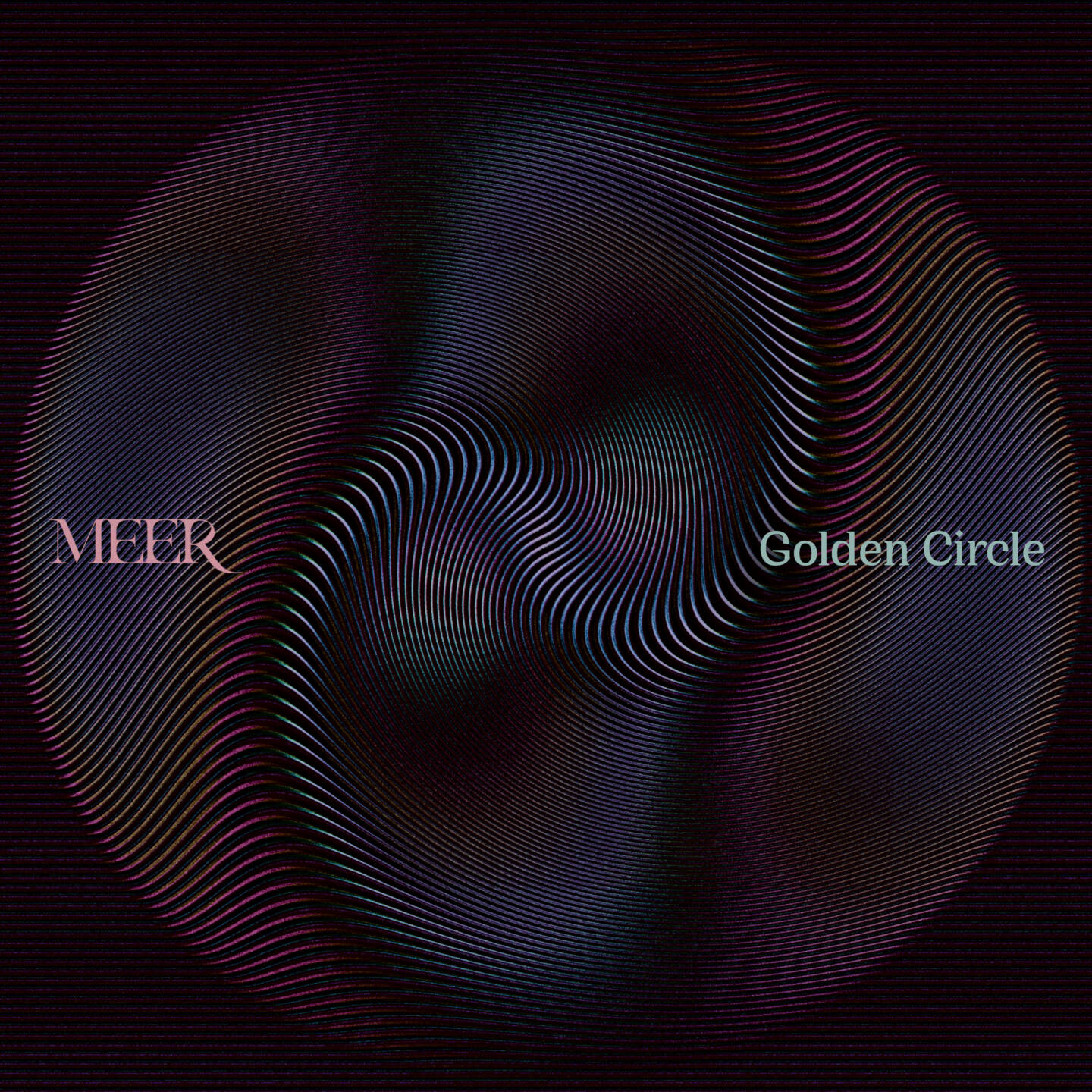
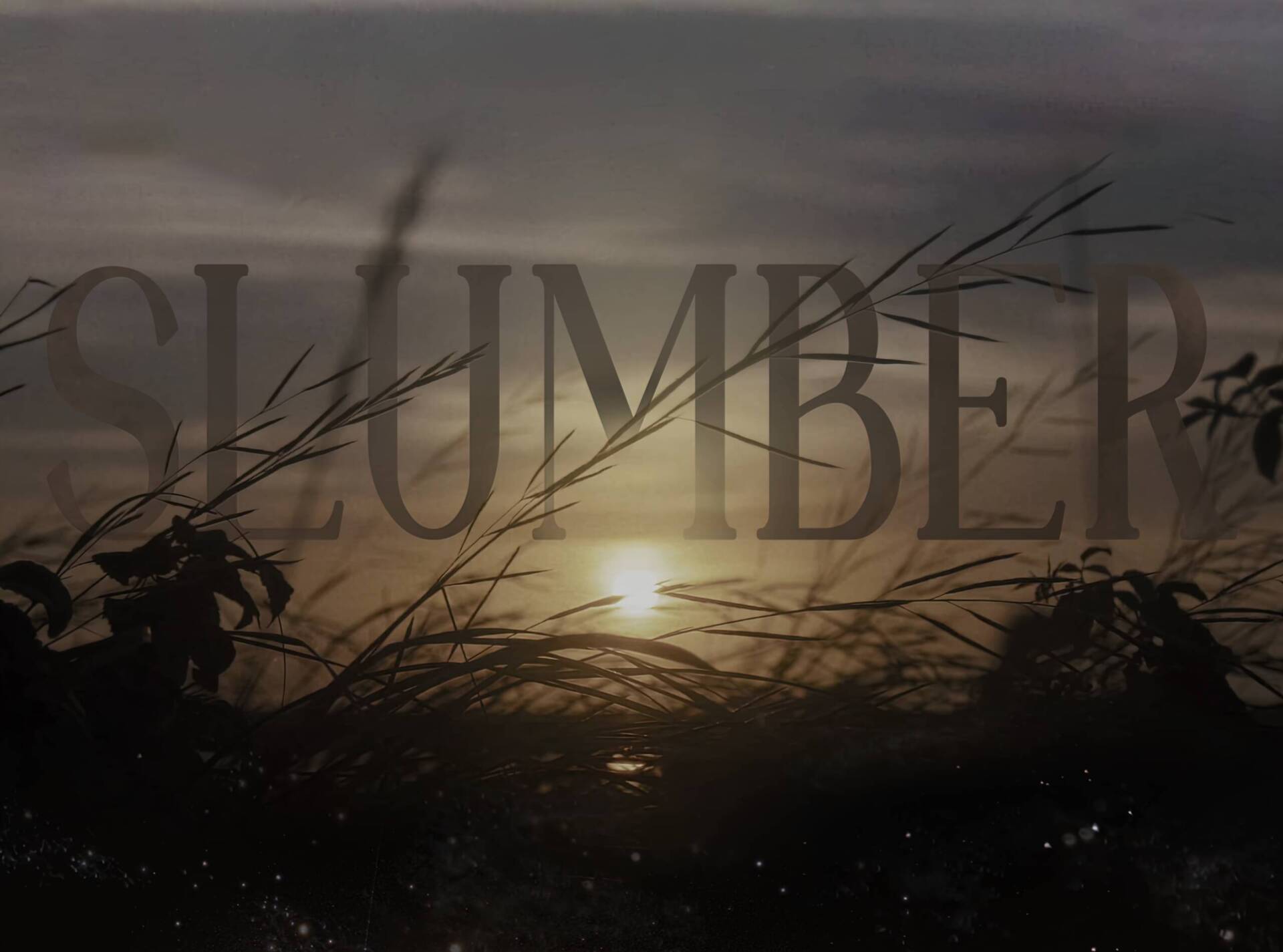
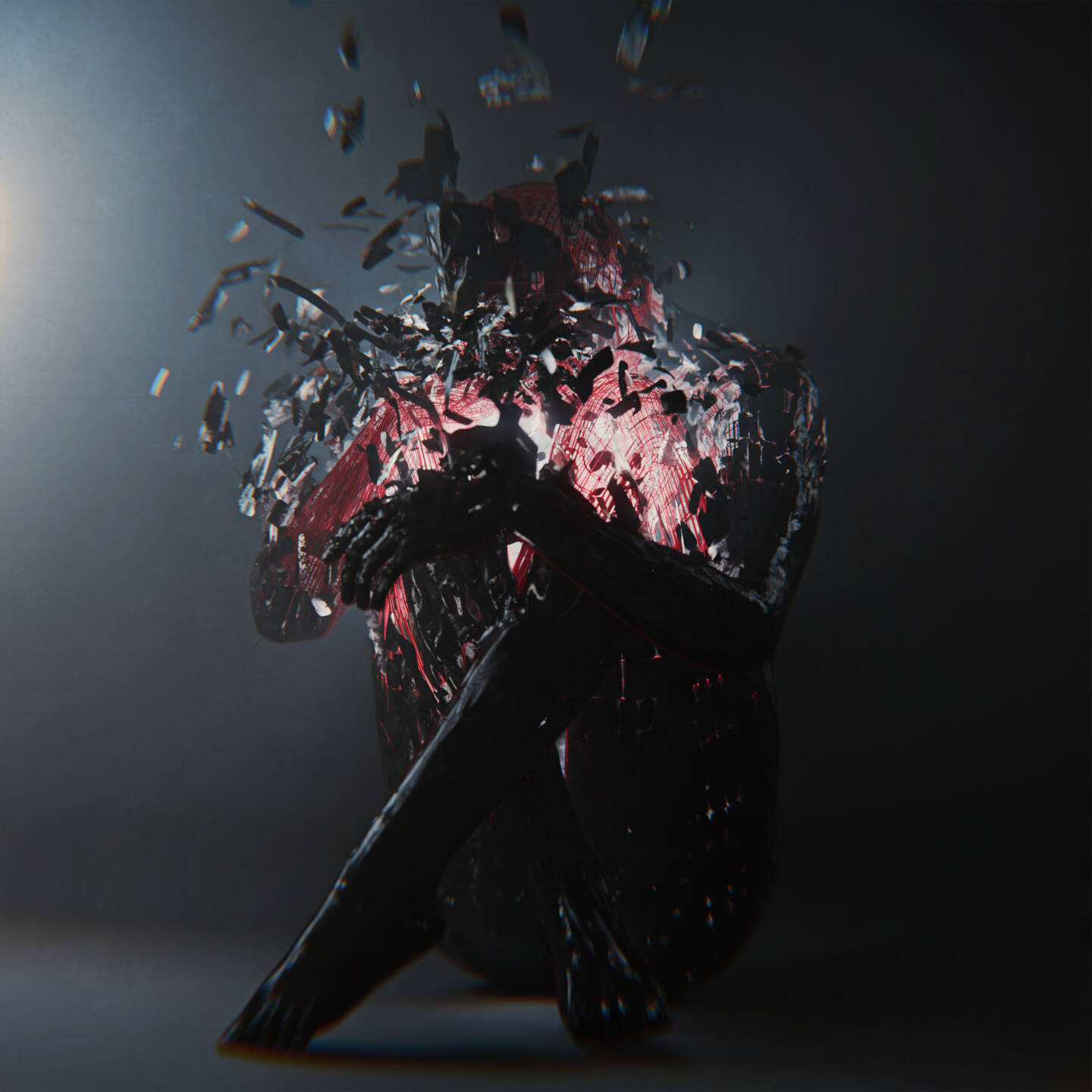
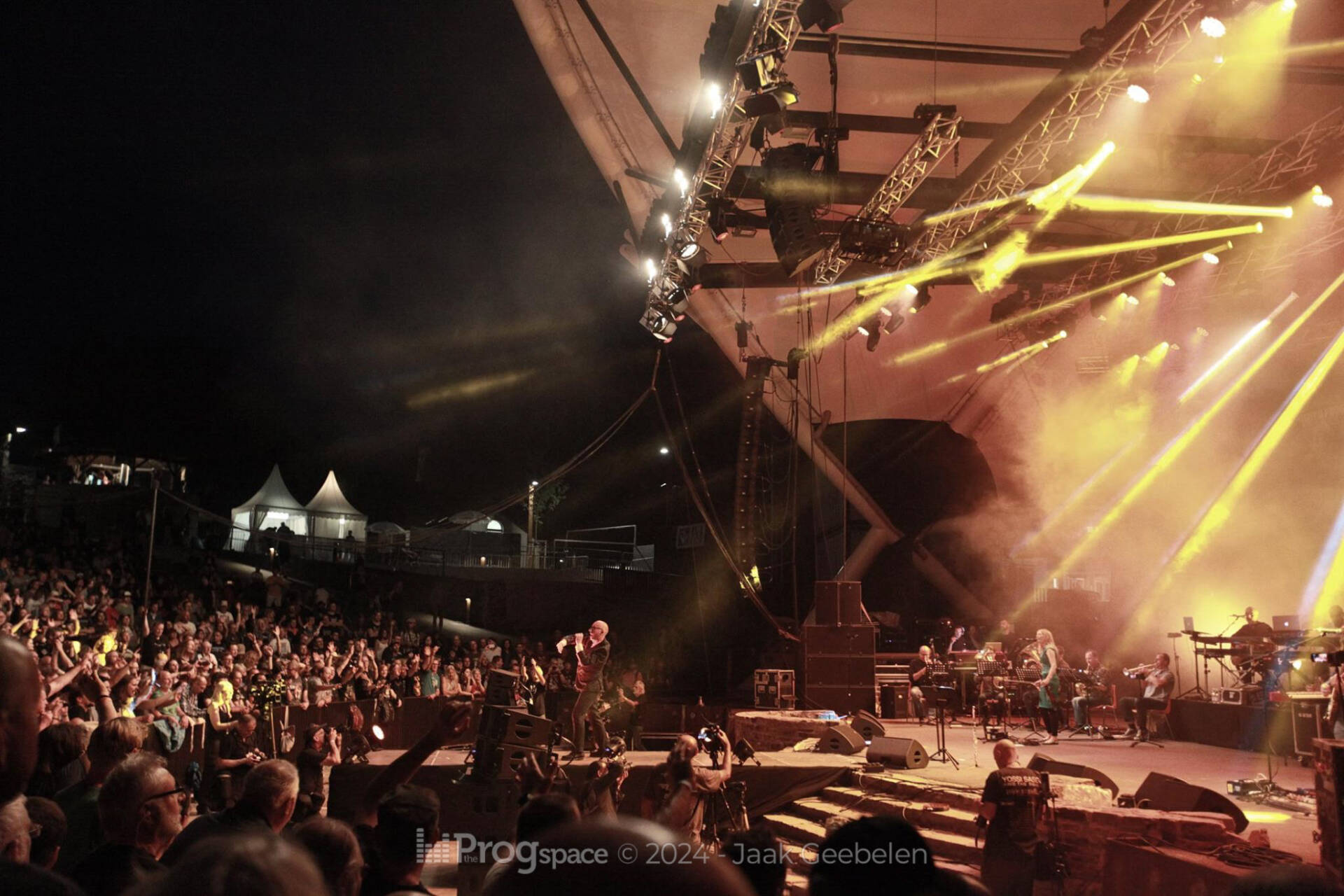
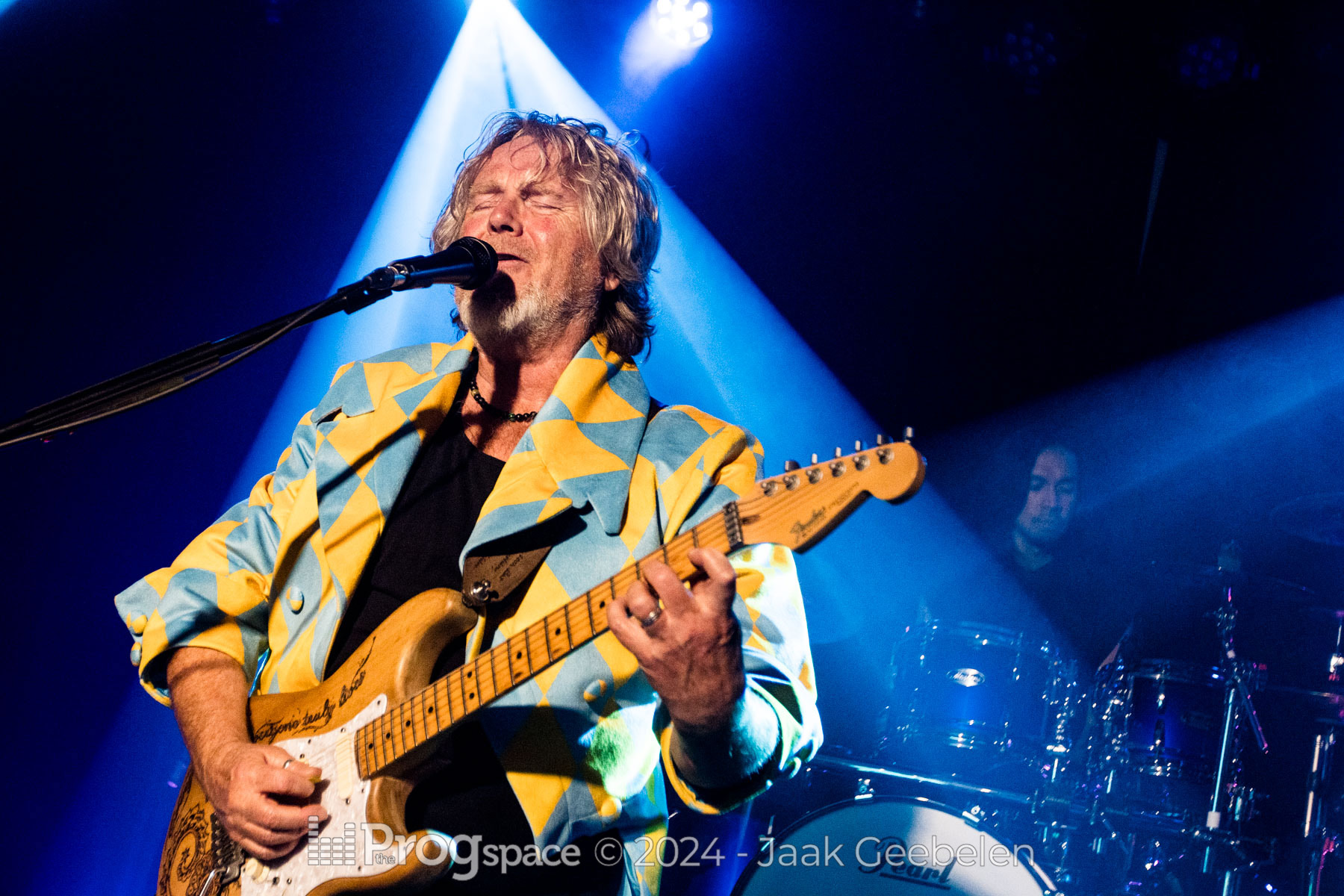
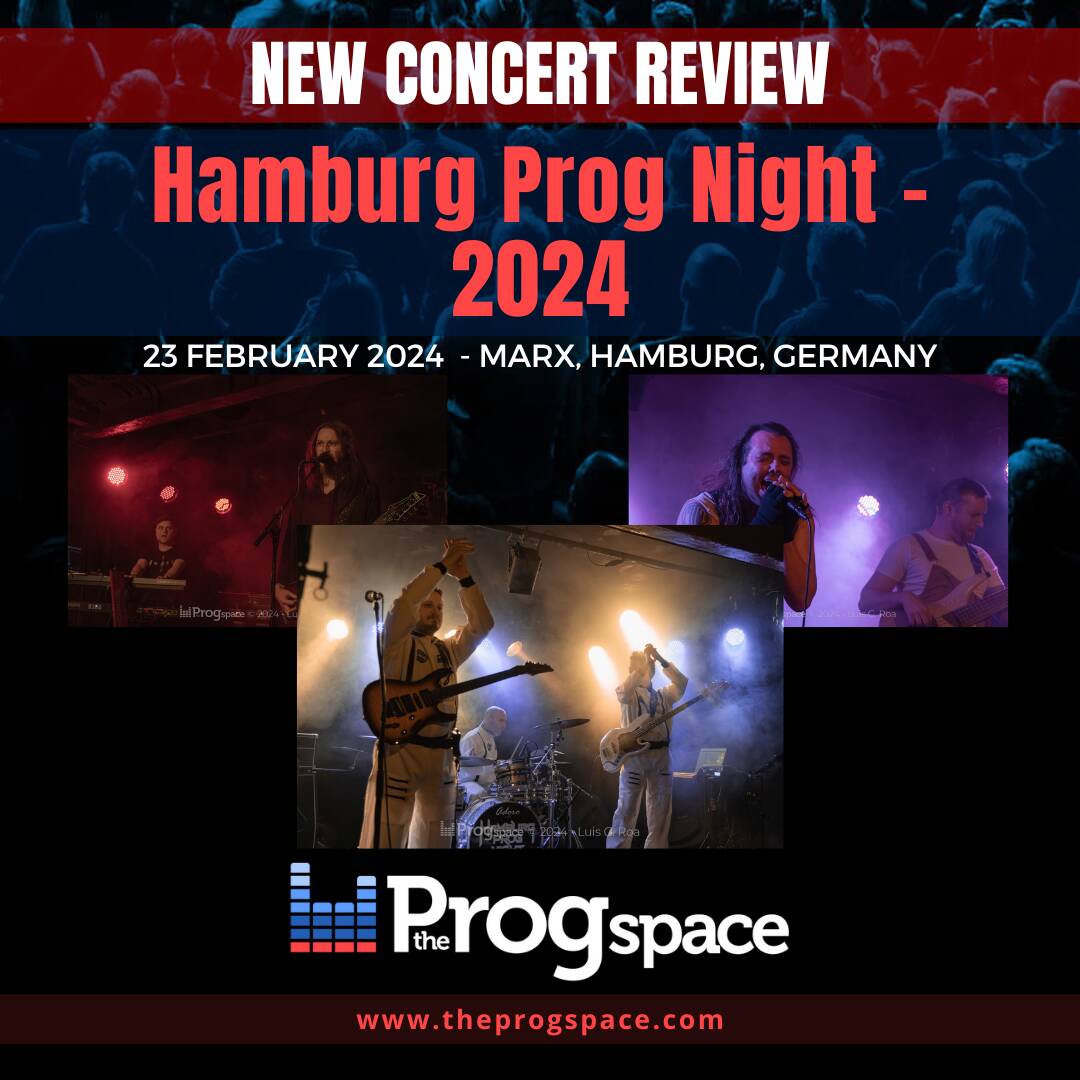

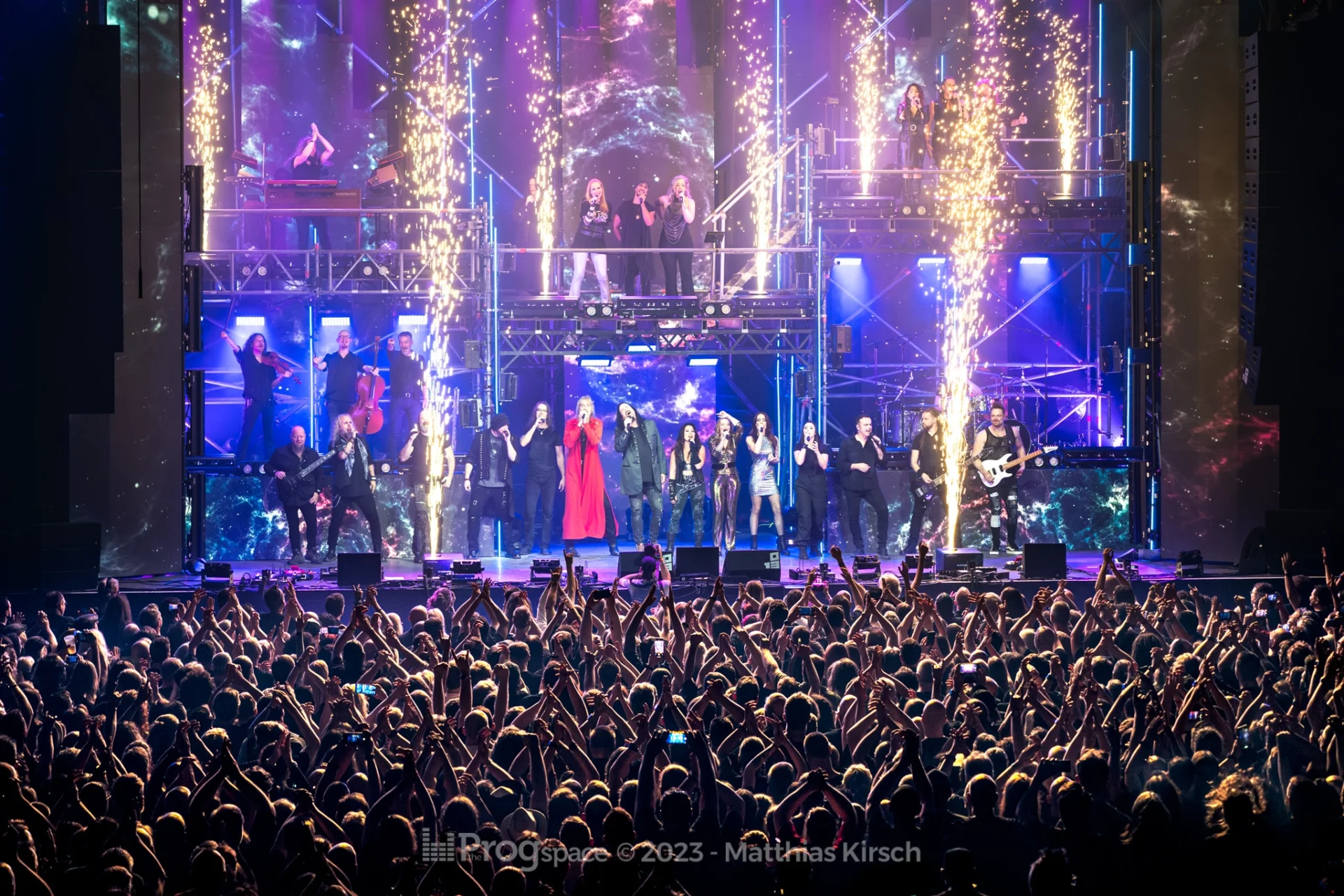
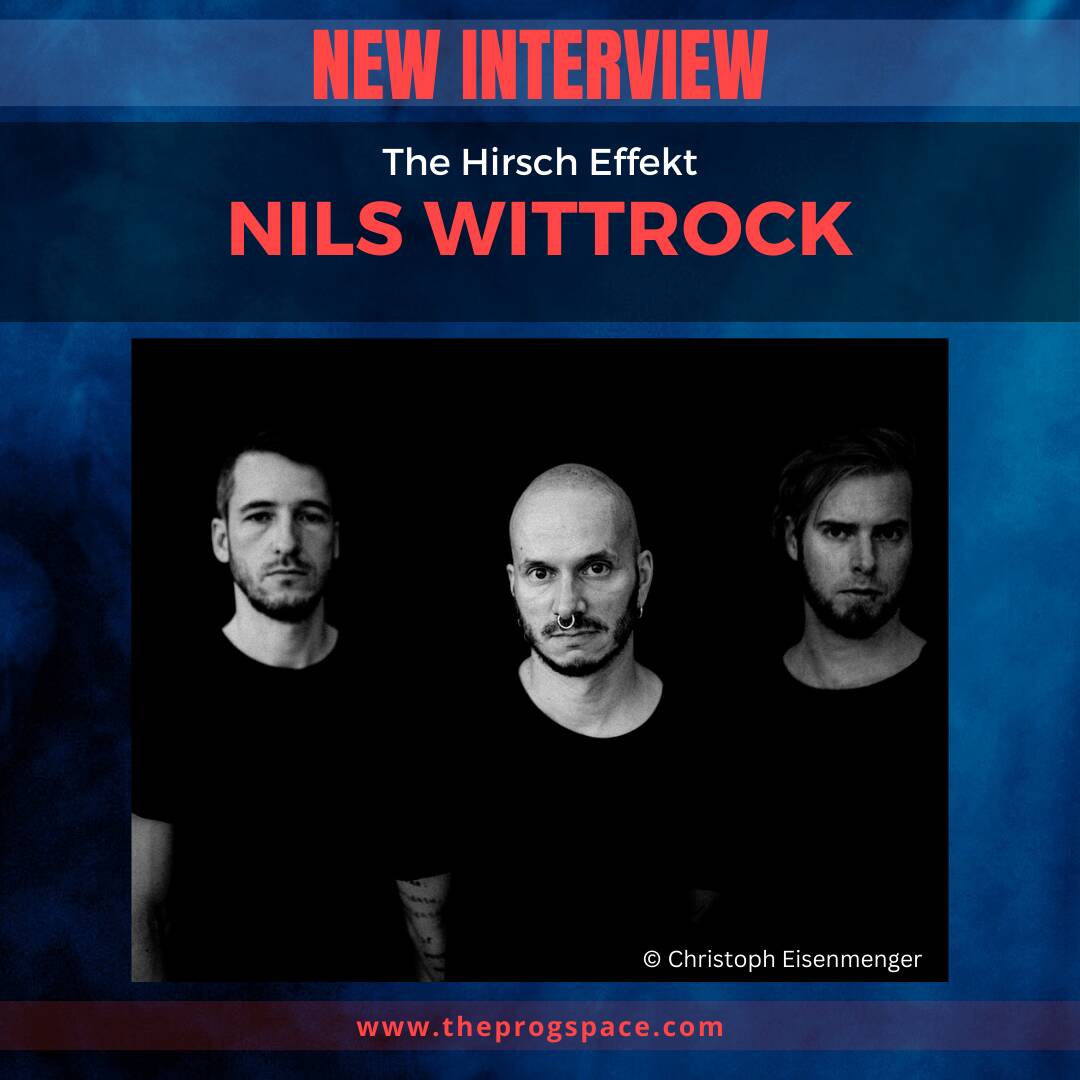
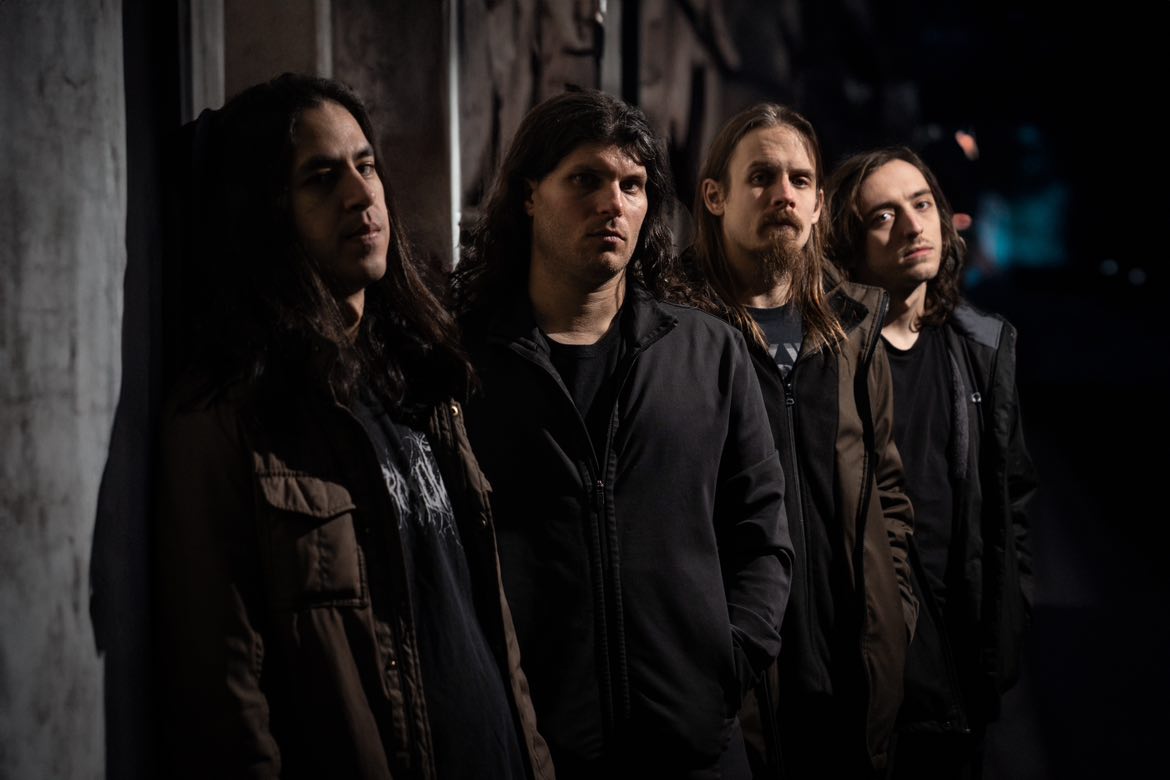
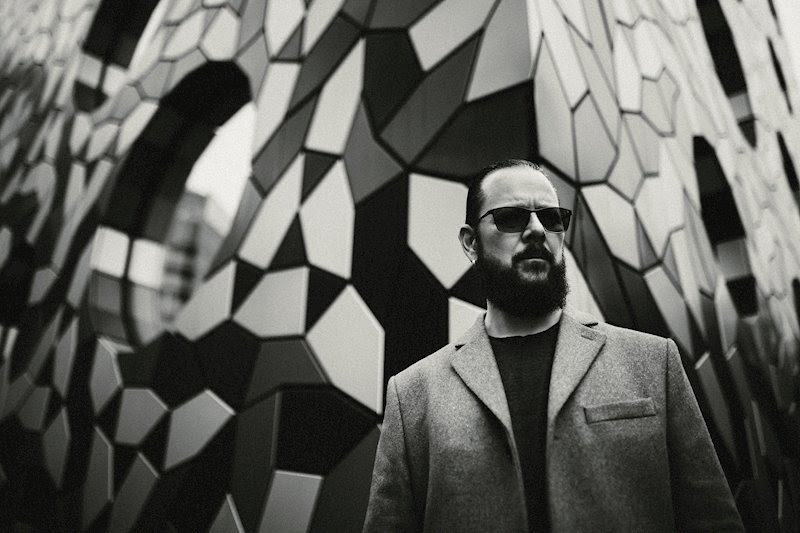
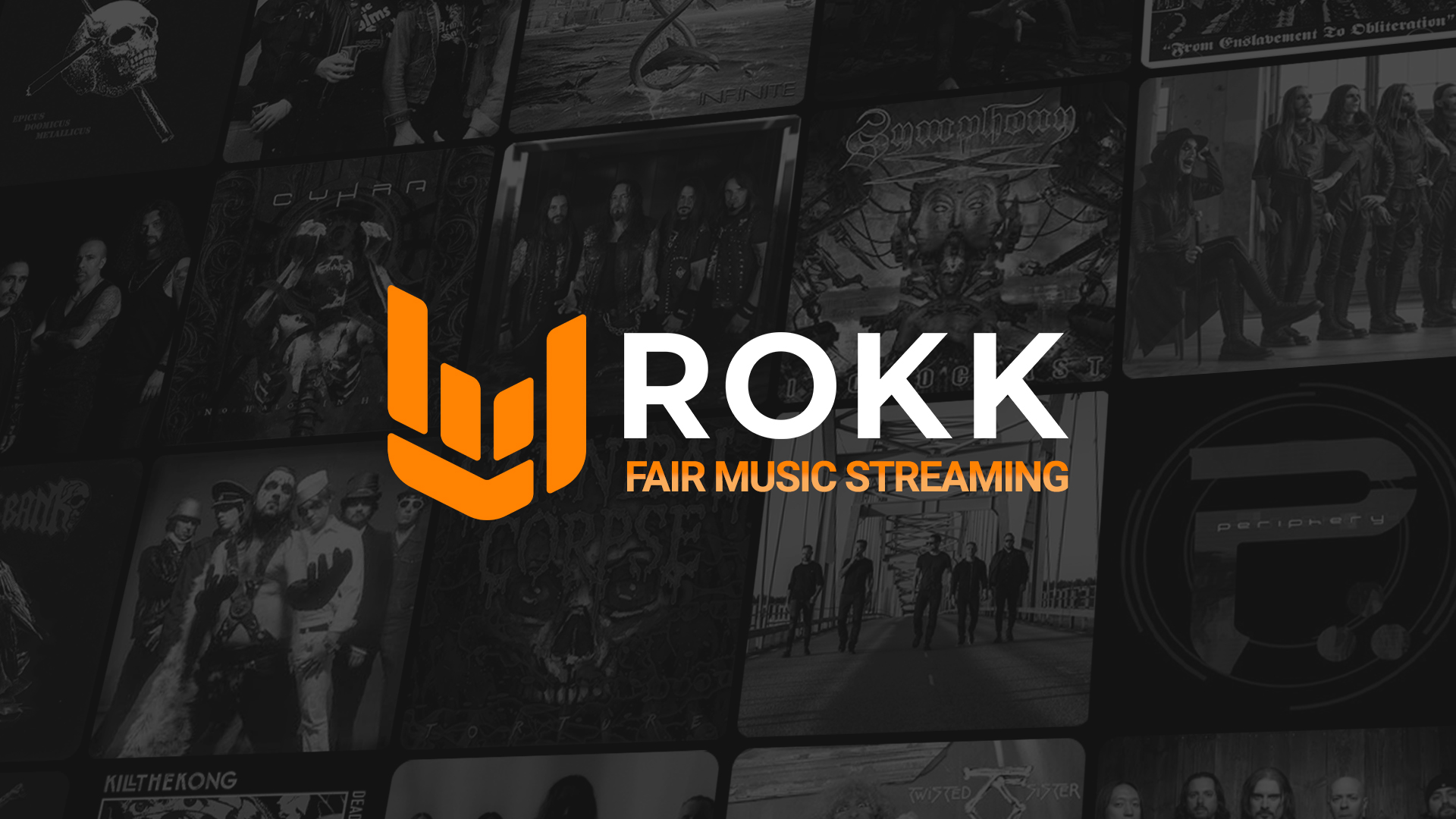
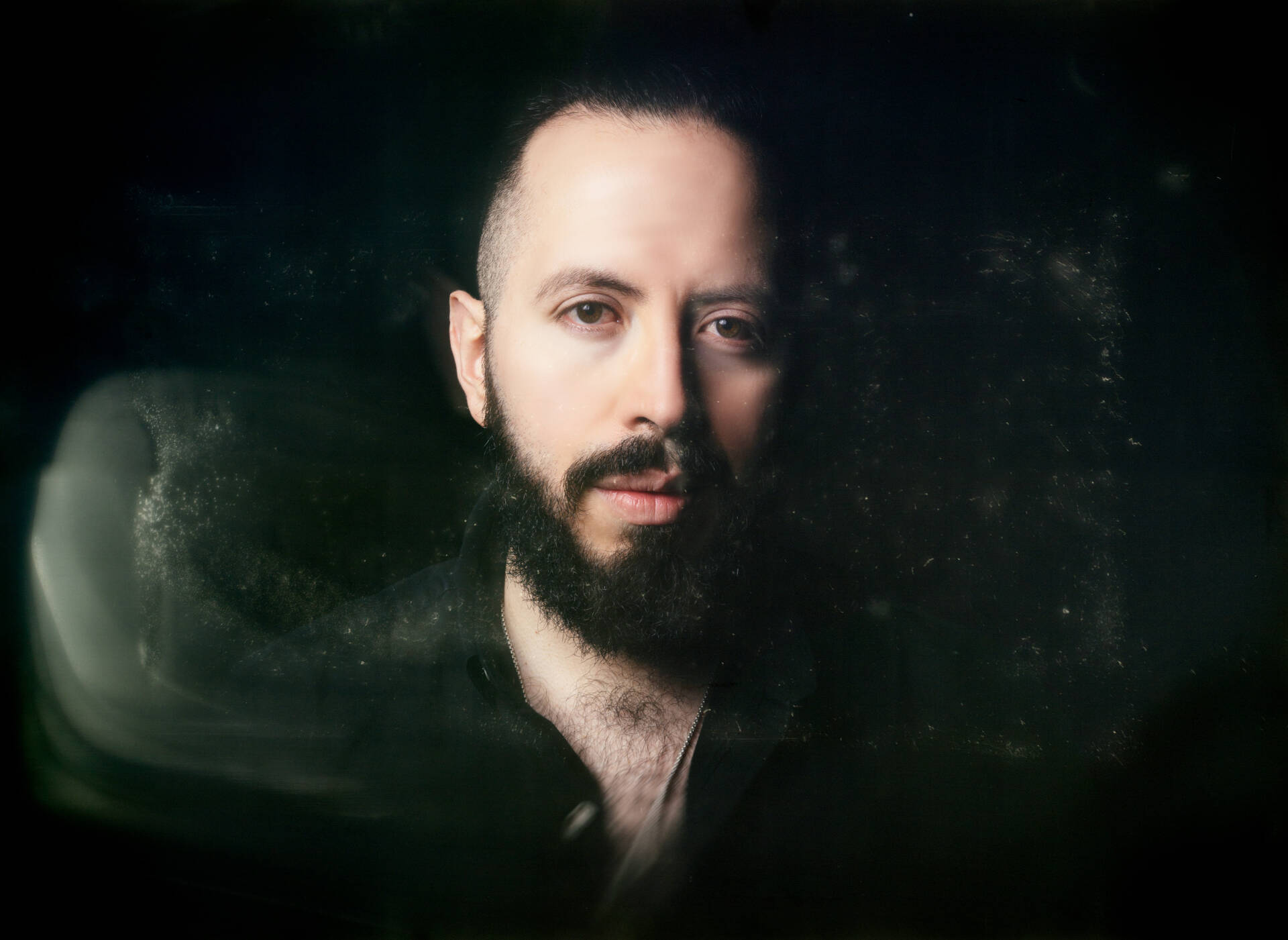
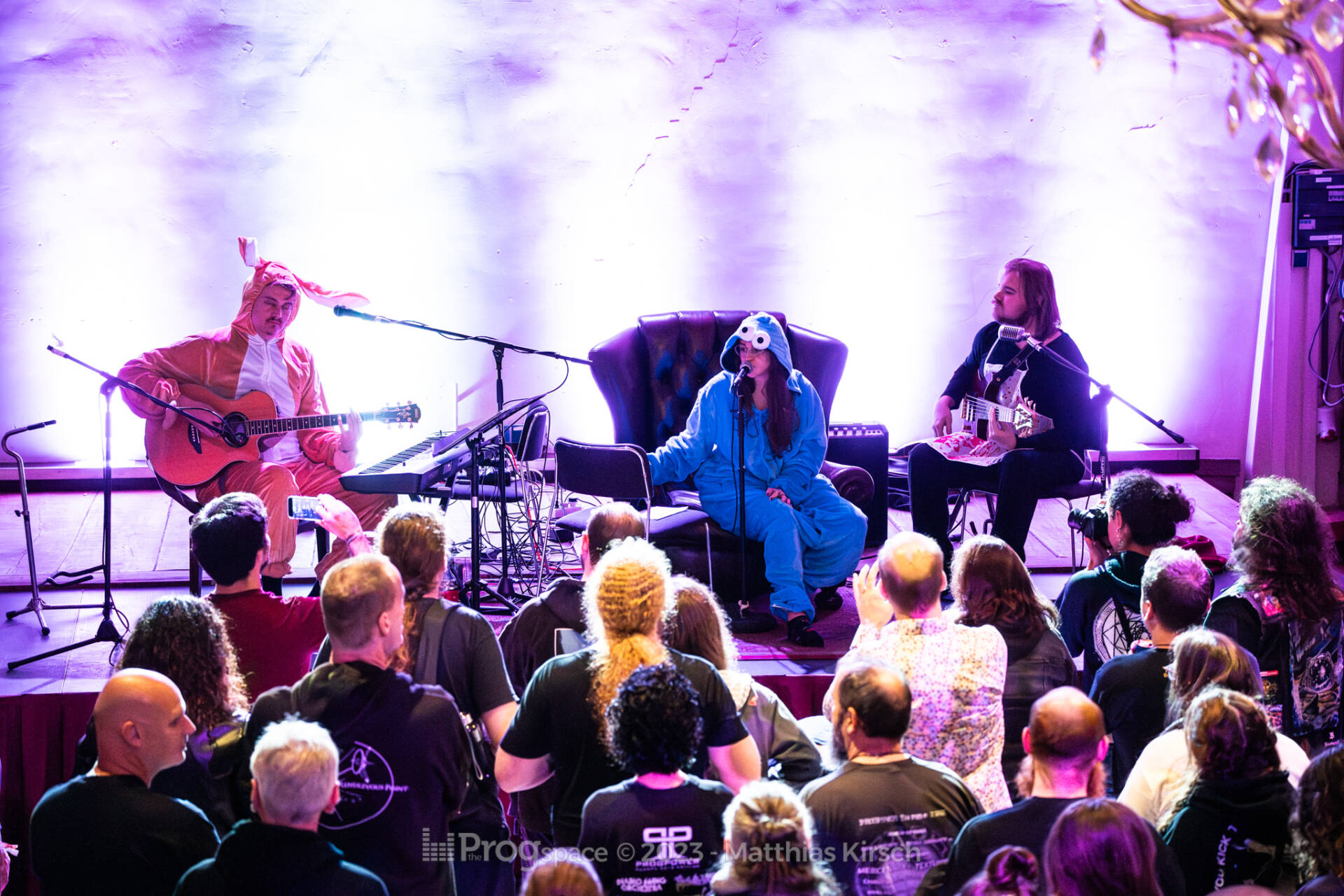
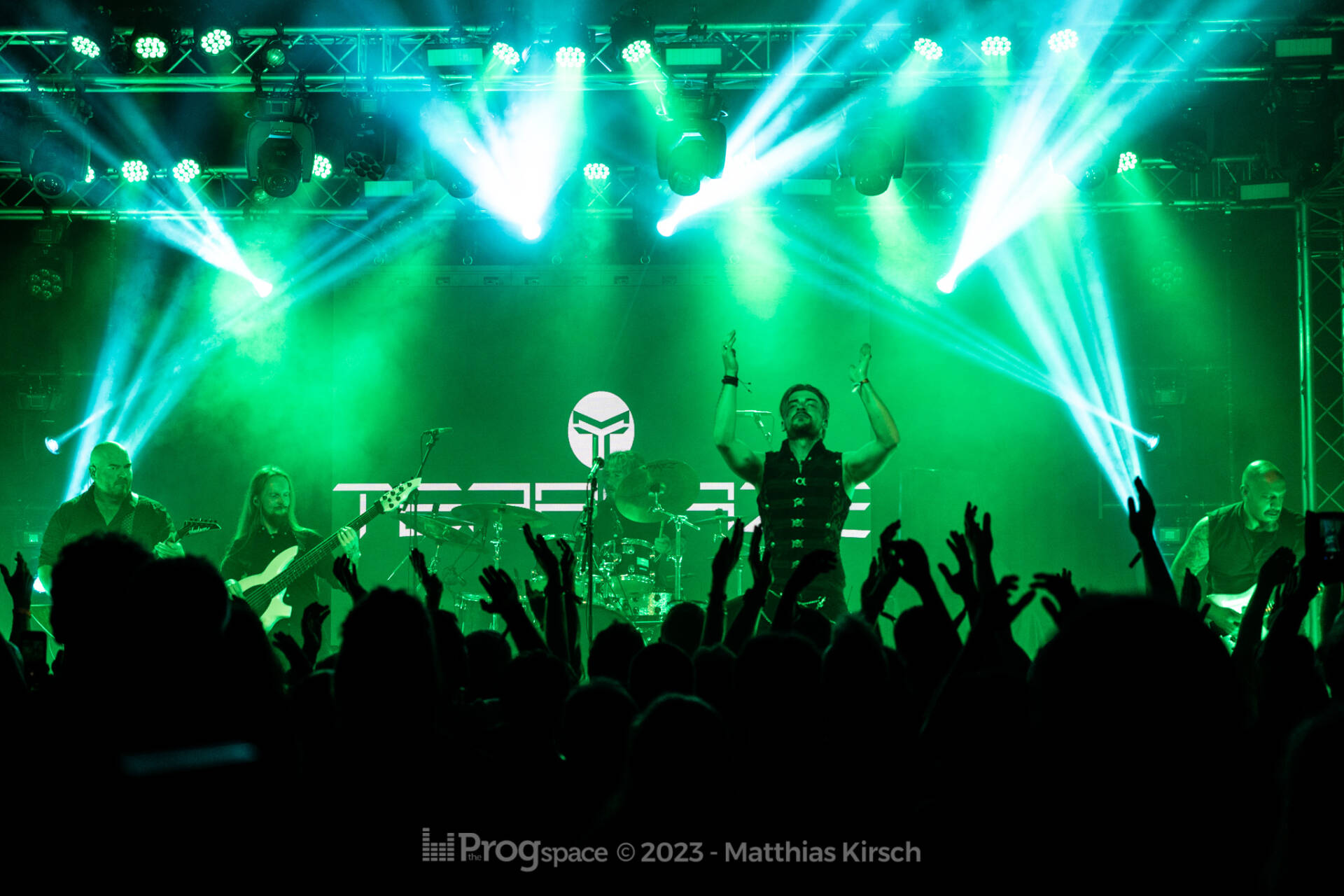
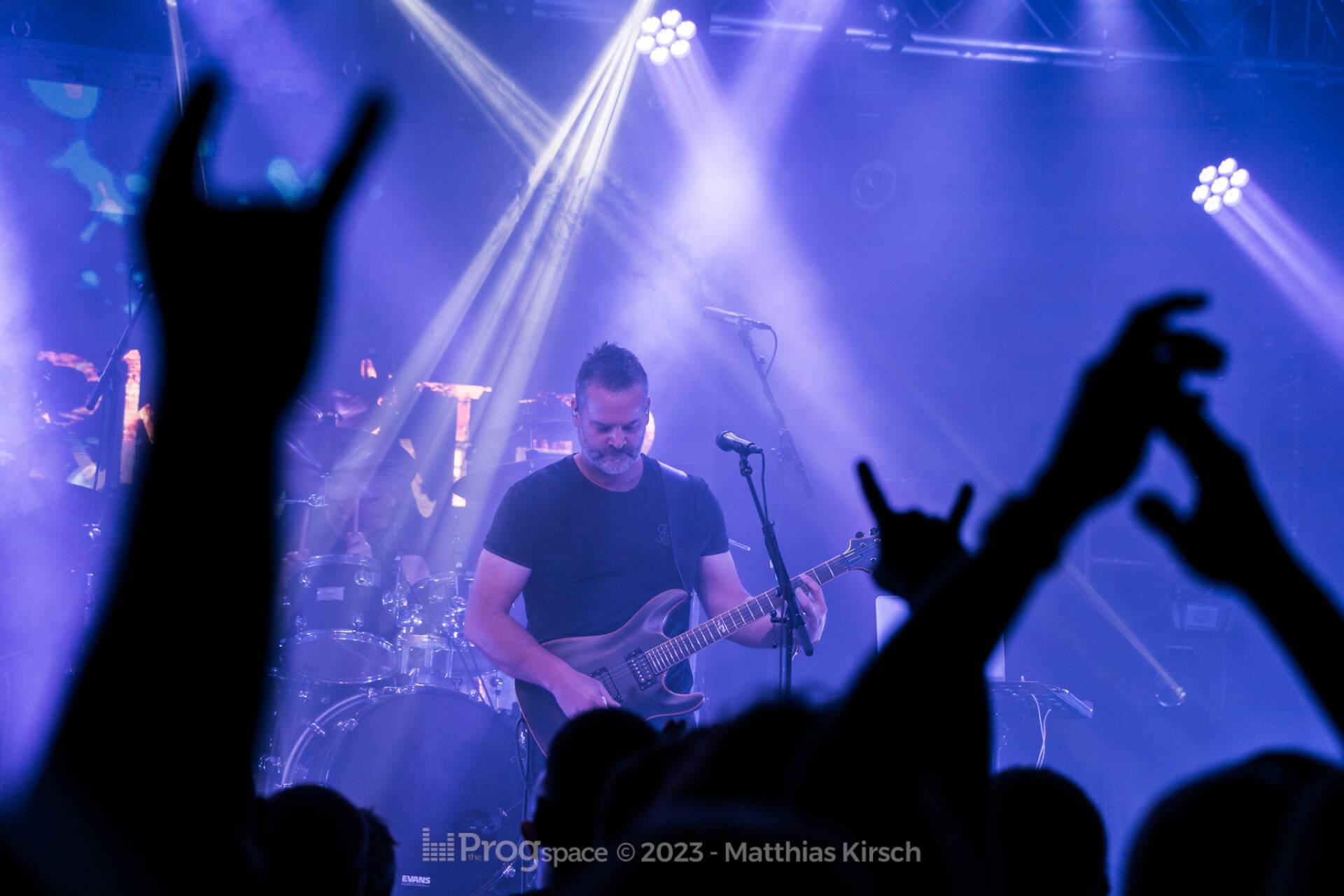
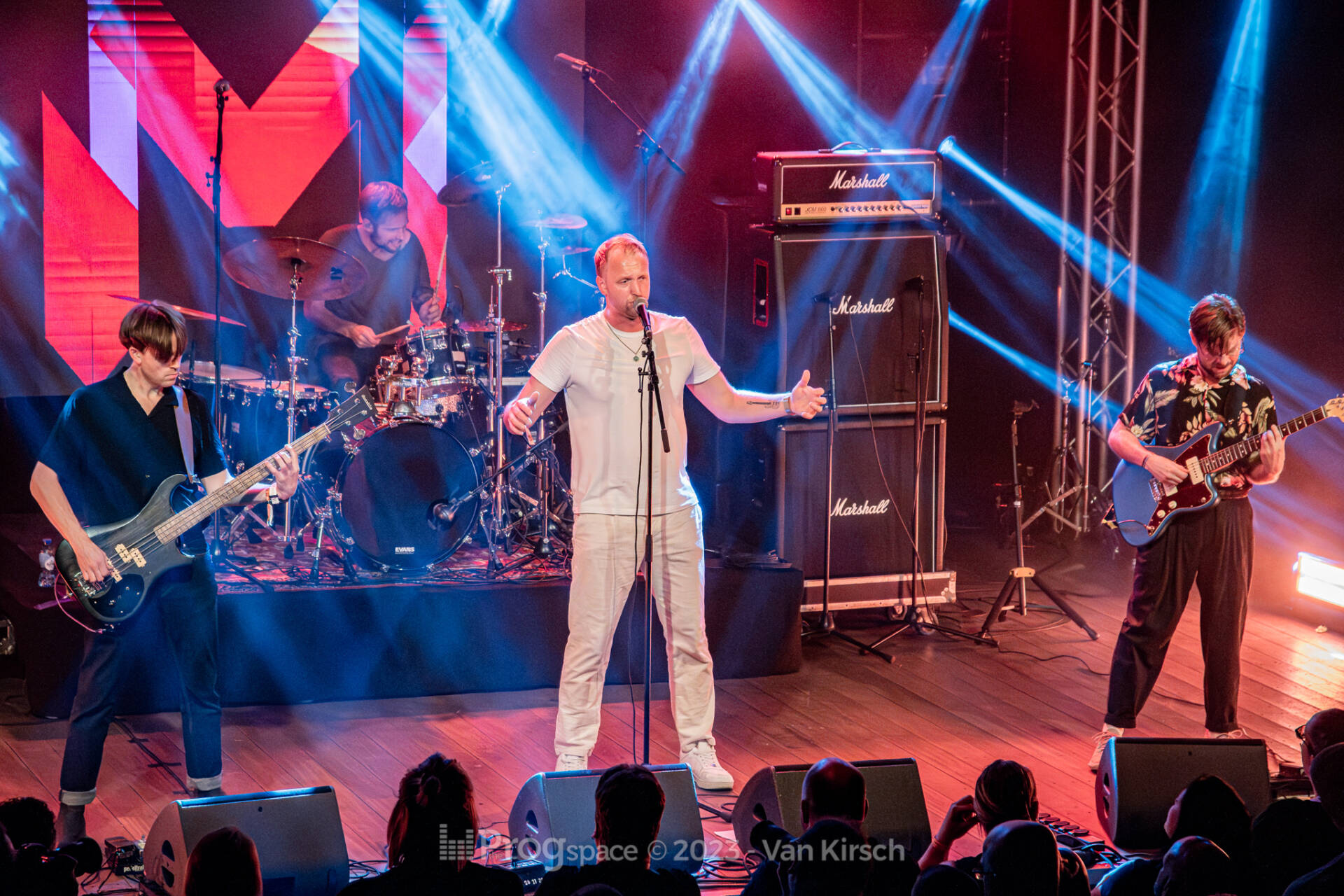
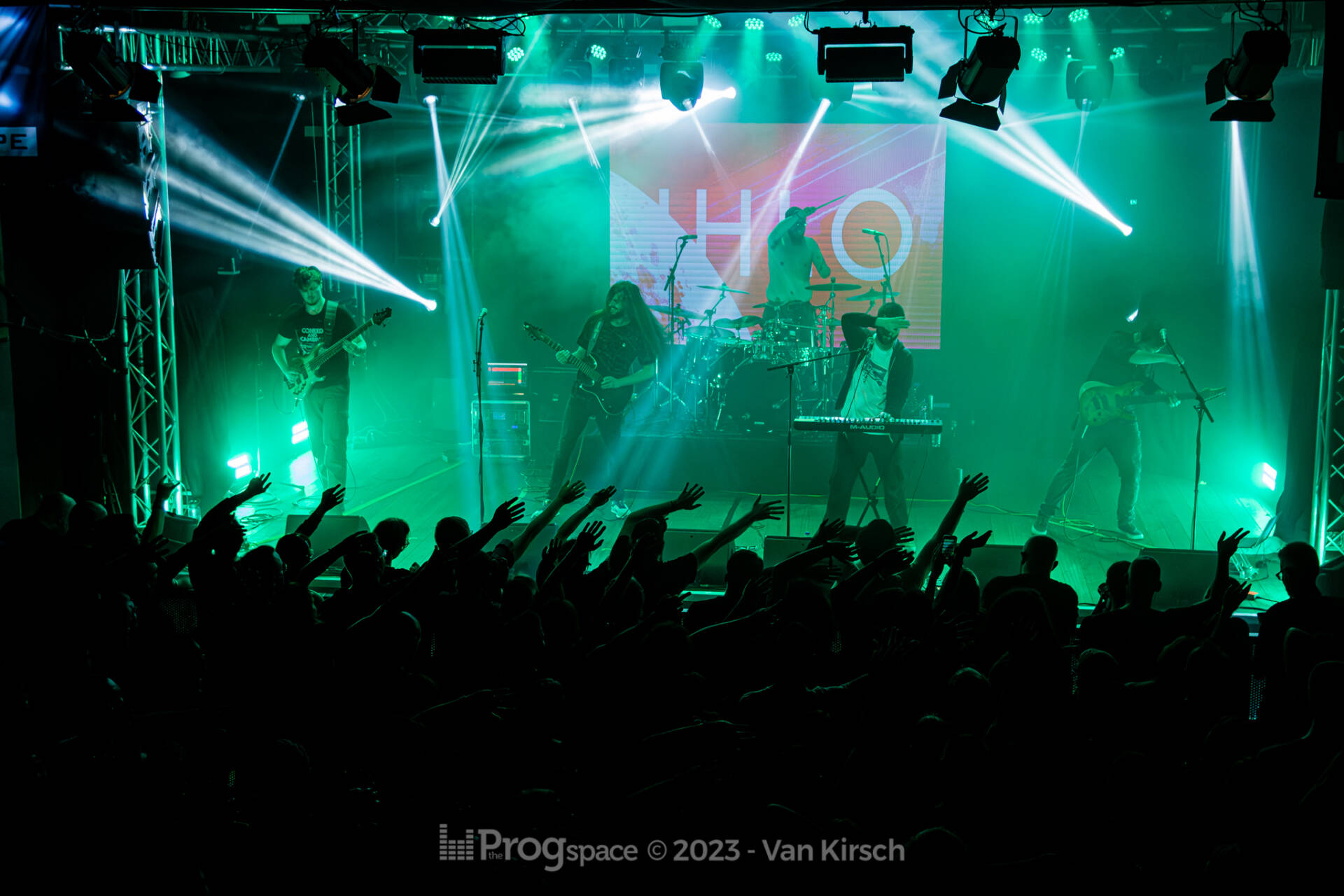
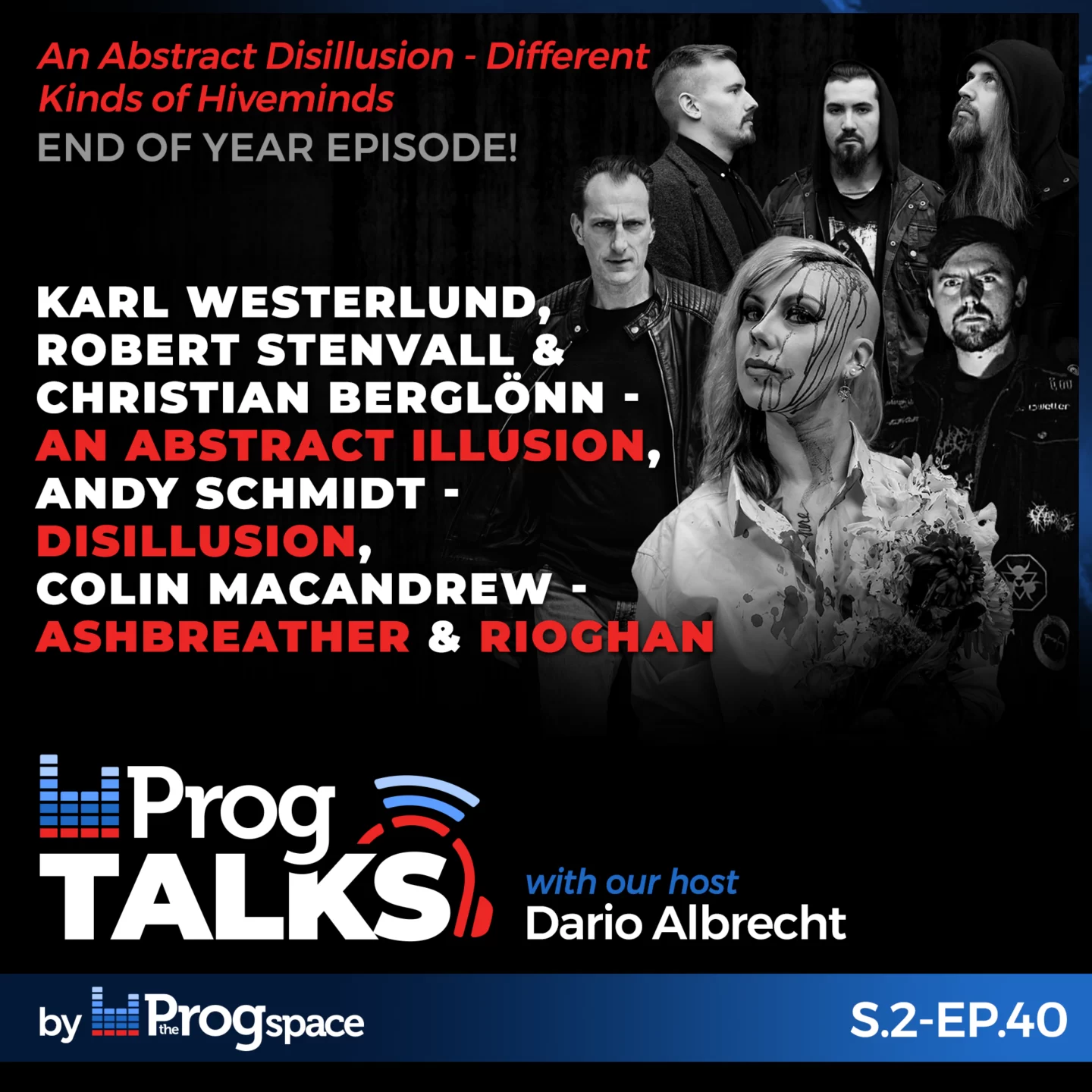
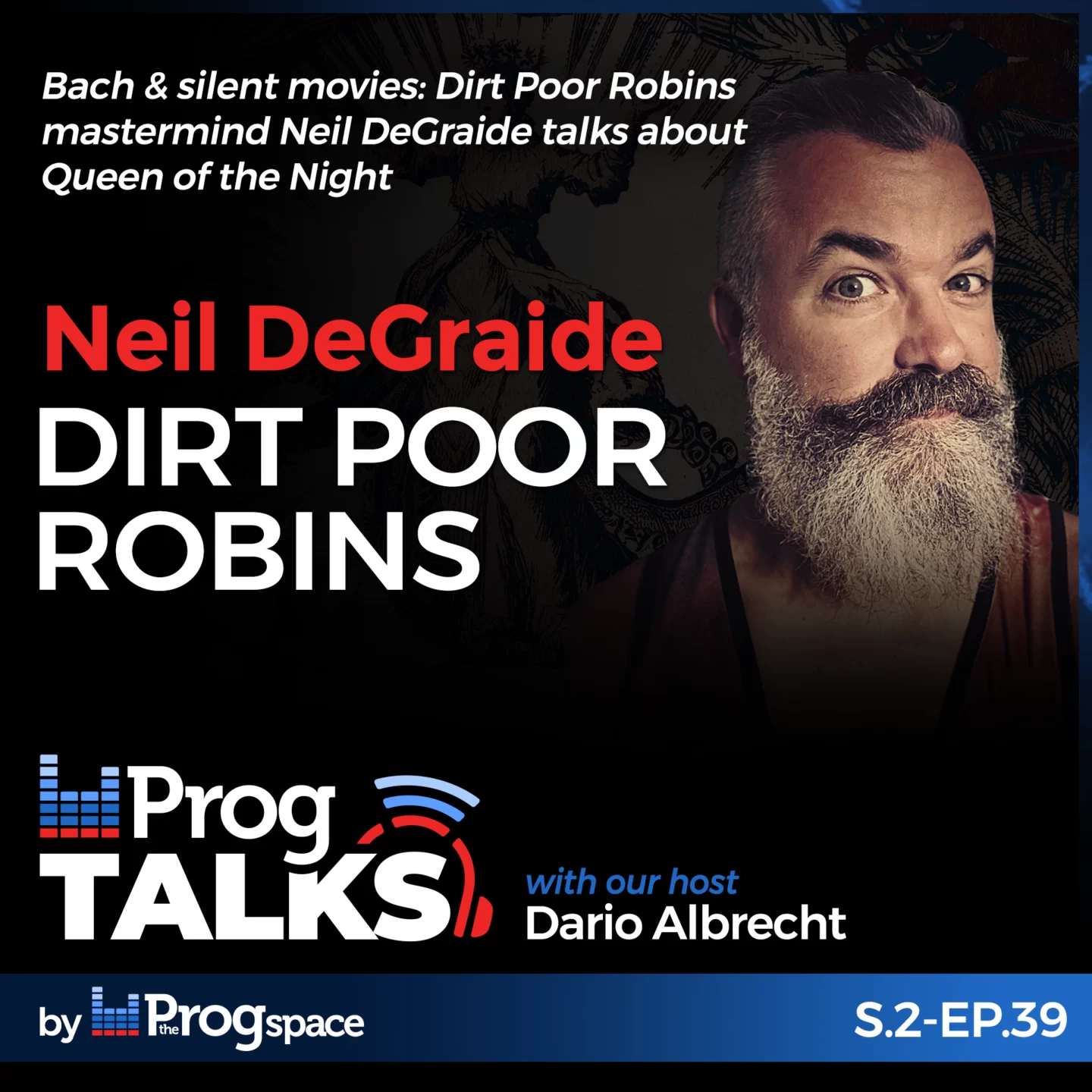
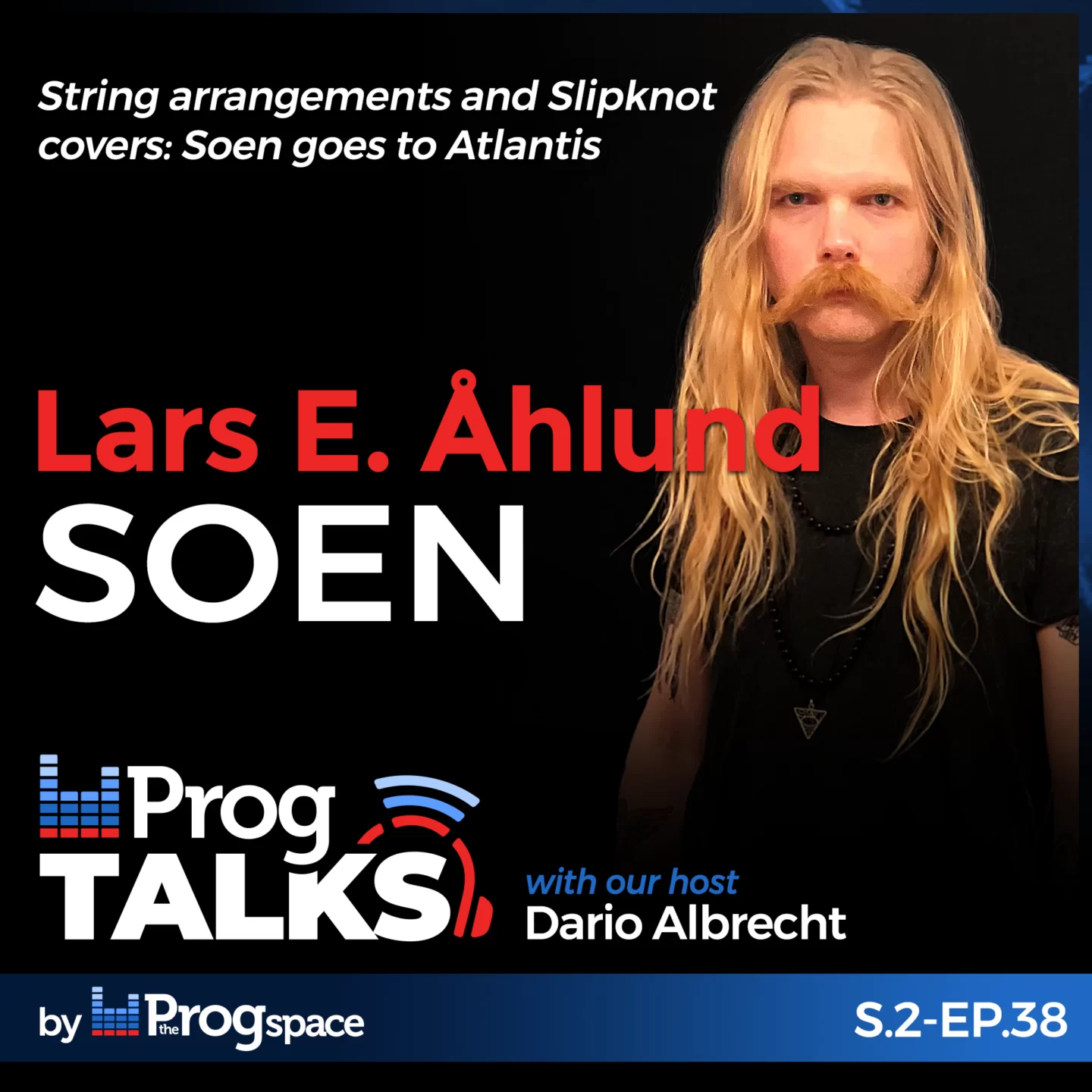
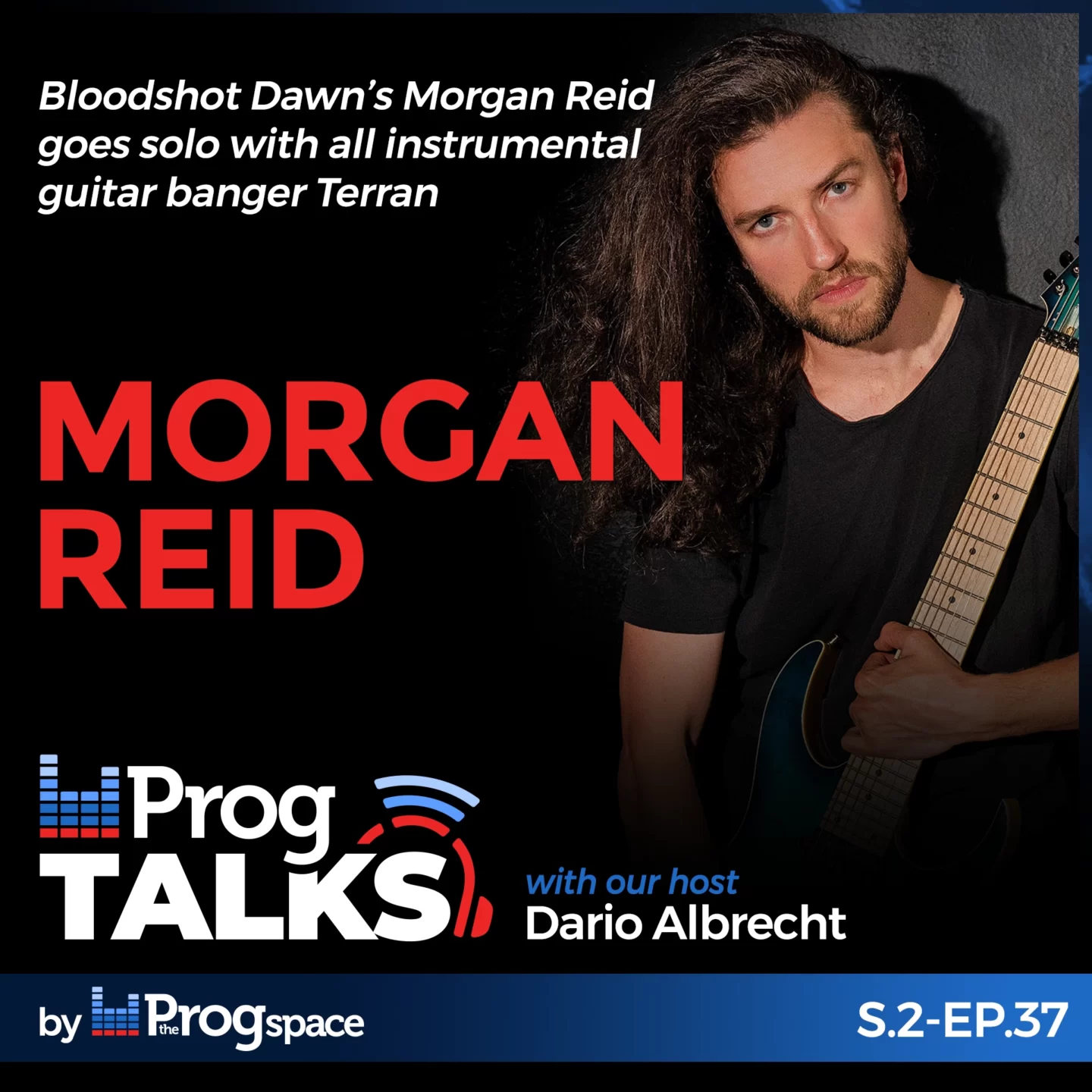
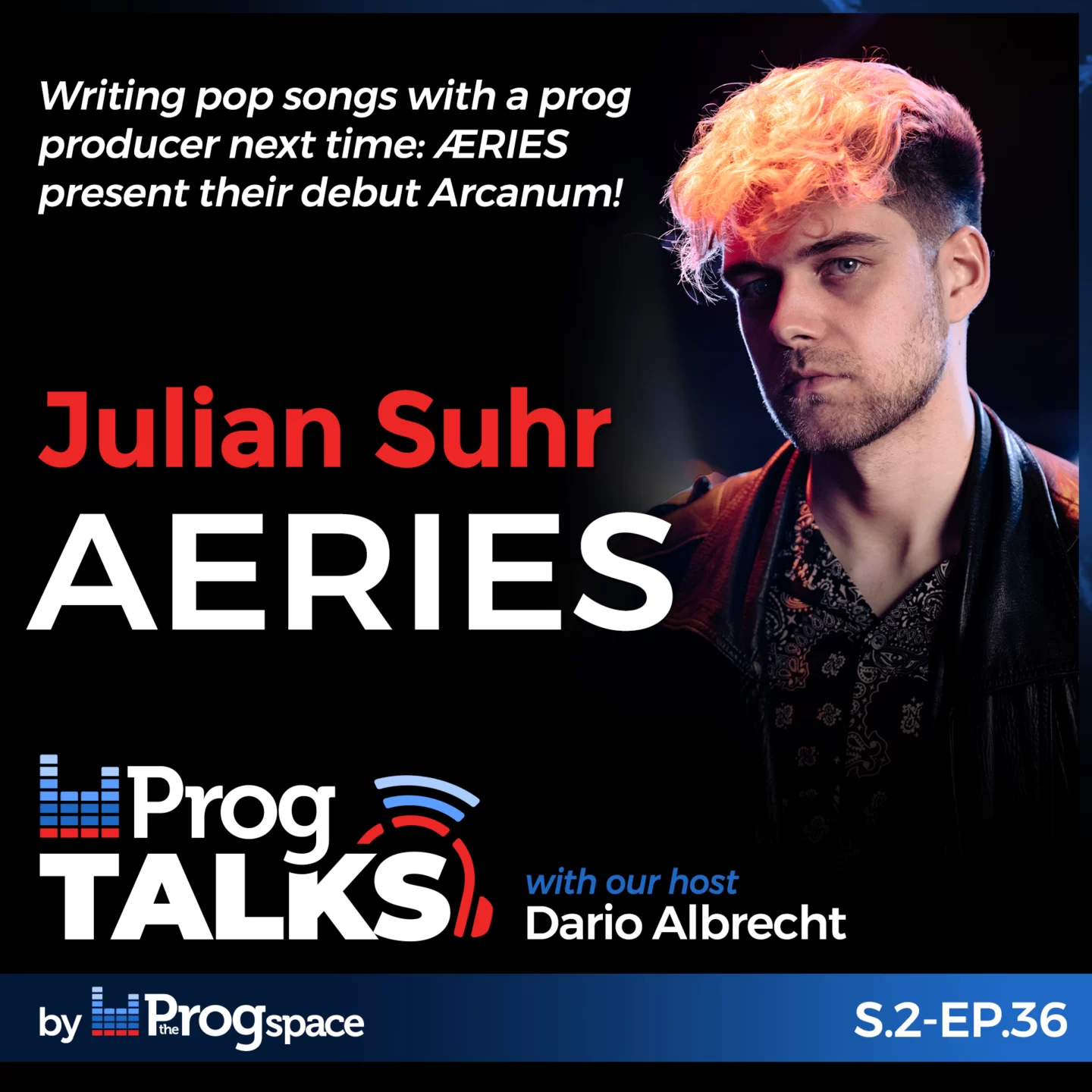
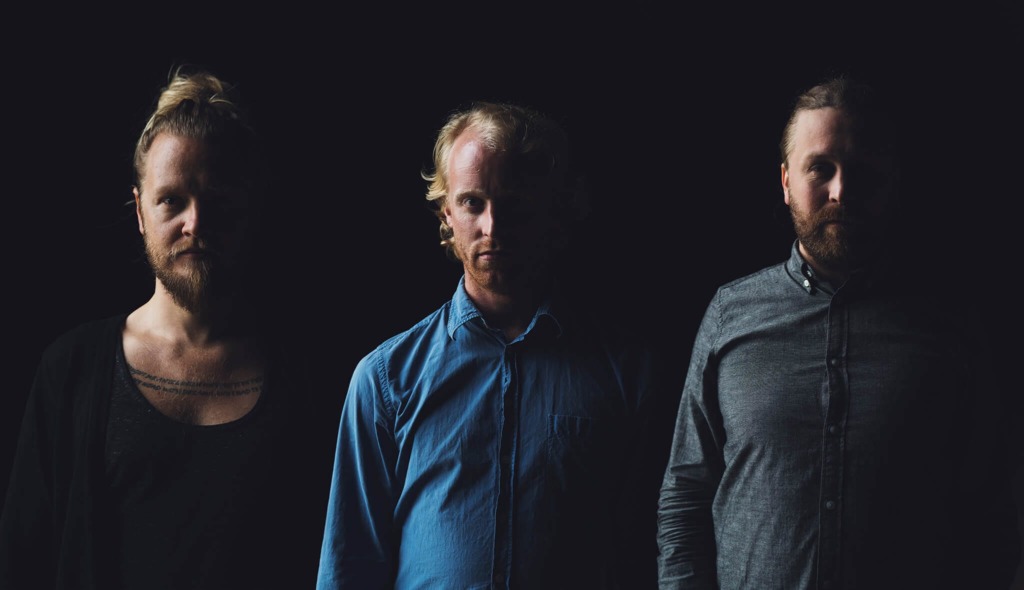
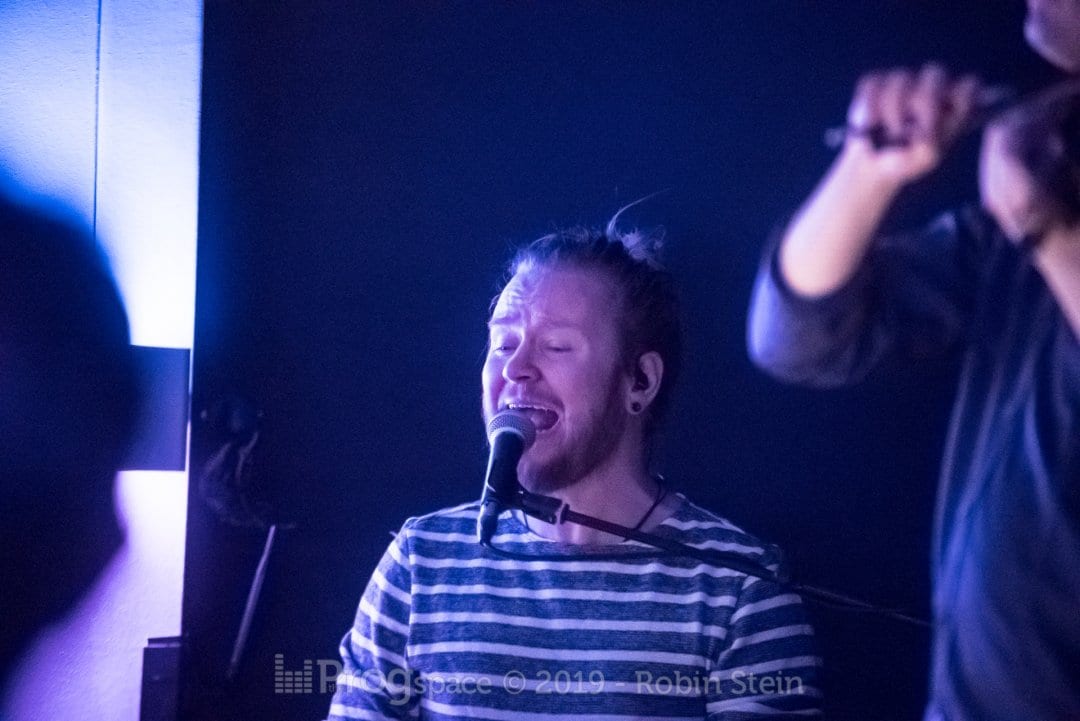



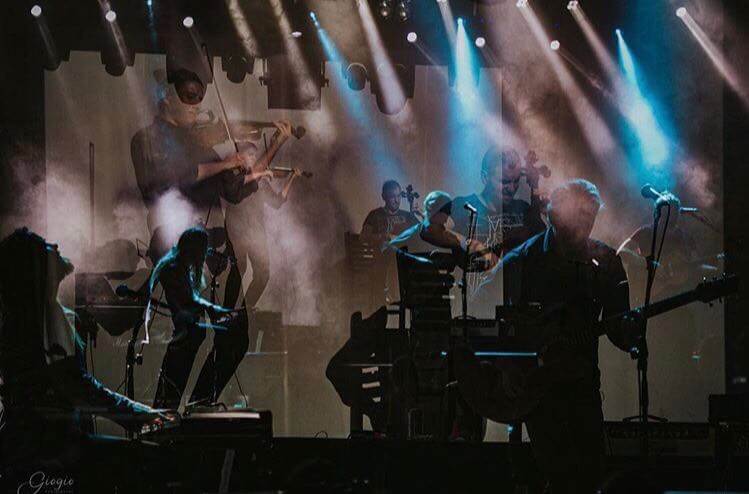
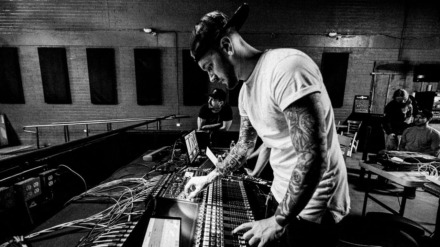

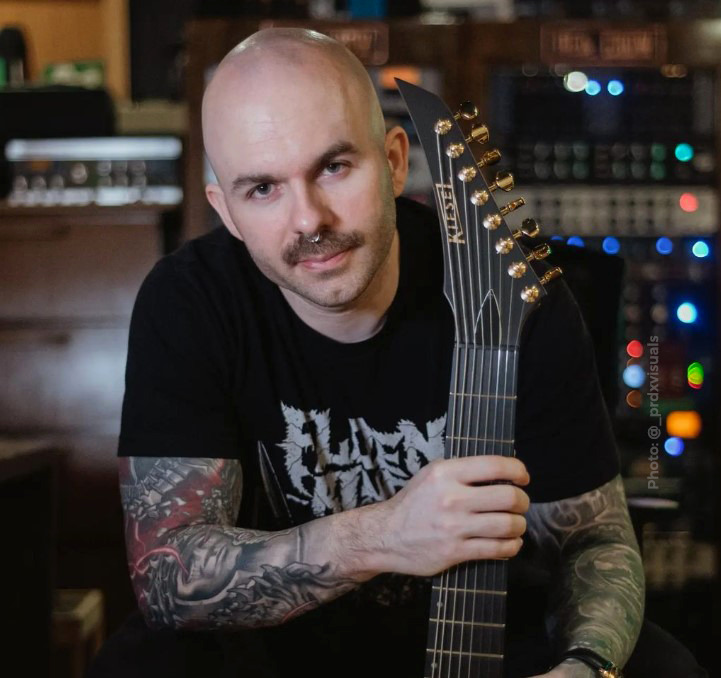
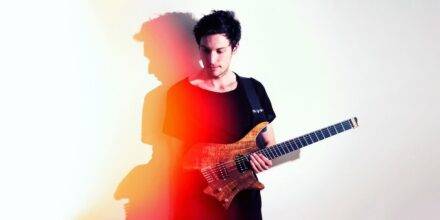


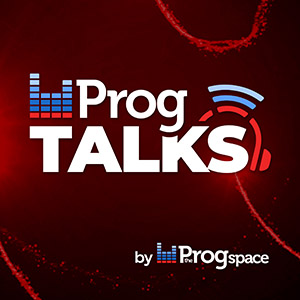
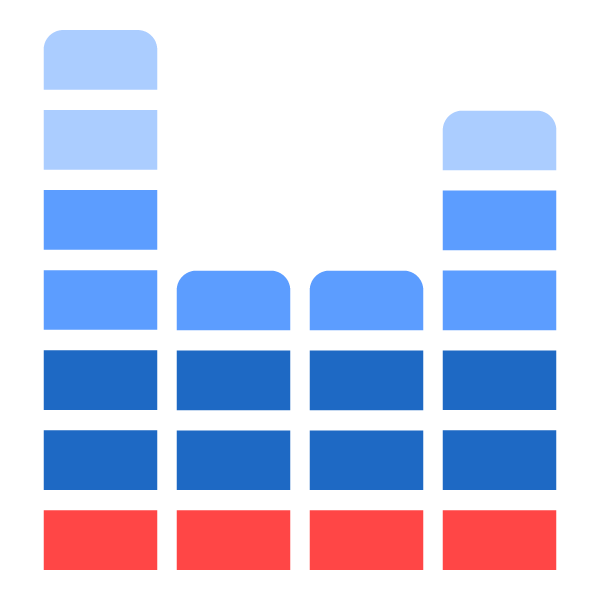 We’re a group of Prog-lovers who started a journey to share with you our thoughts about albums, concerts, tours and festivals, the photo galleries of the Prog concerts we visit, as well interviews with upcoming or established musicians or prog-related people. Follow our Facebook page for frequent updates and news around the Progniverse.
We’re a group of Prog-lovers who started a journey to share with you our thoughts about albums, concerts, tours and festivals, the photo galleries of the Prog concerts we visit, as well interviews with upcoming or established musicians or prog-related people. Follow our Facebook page for frequent updates and news around the Progniverse.